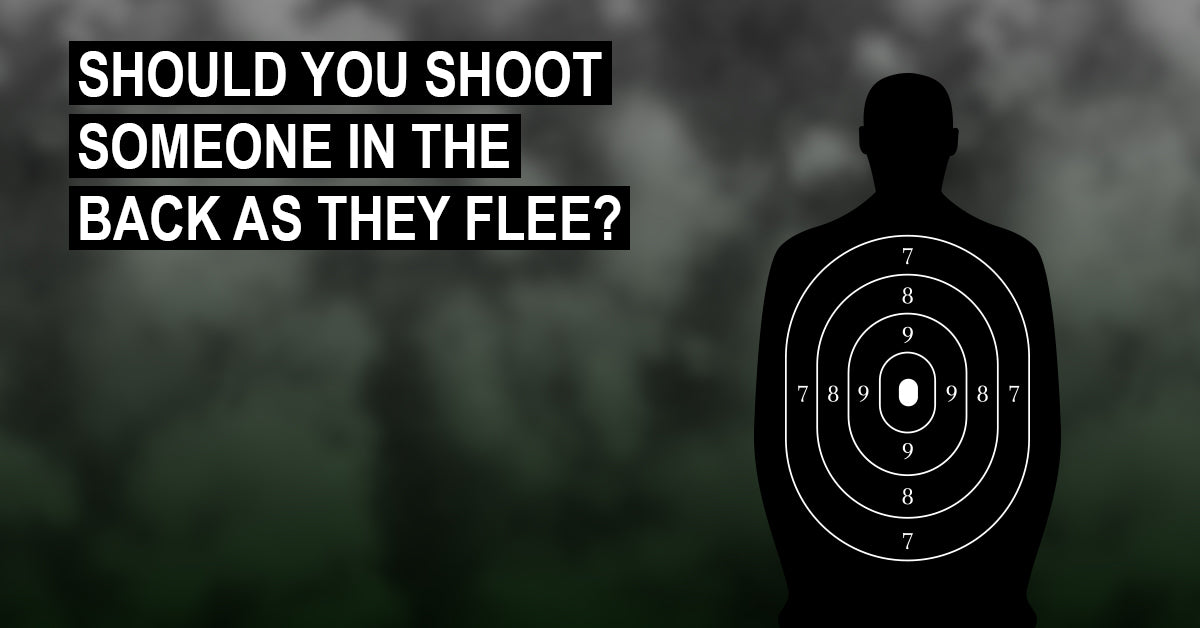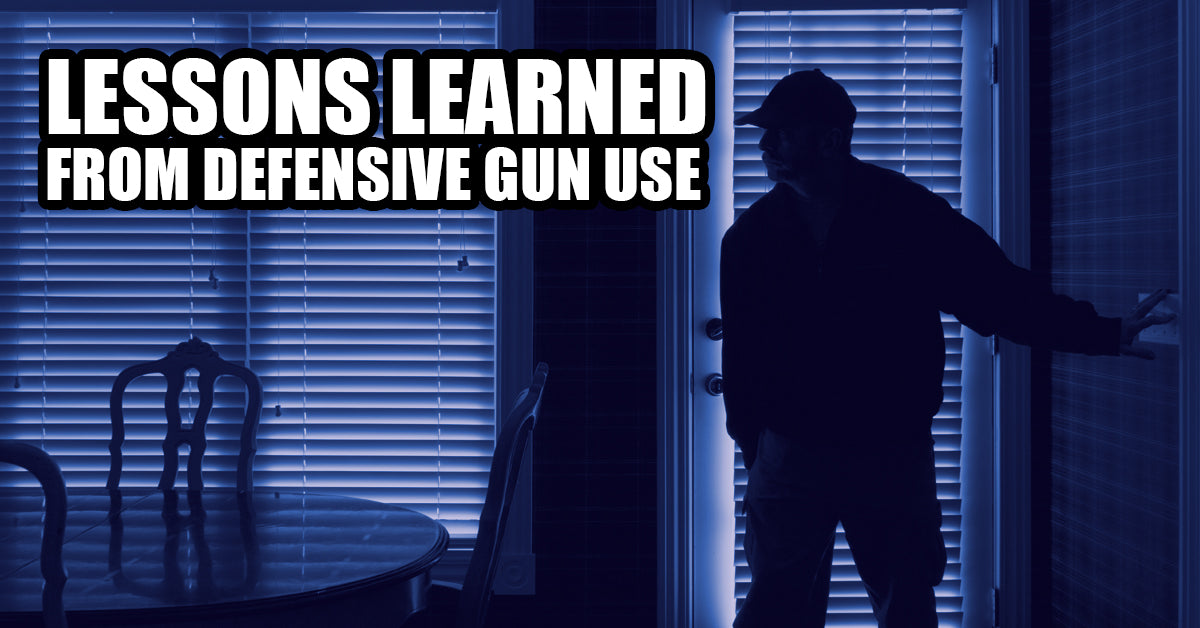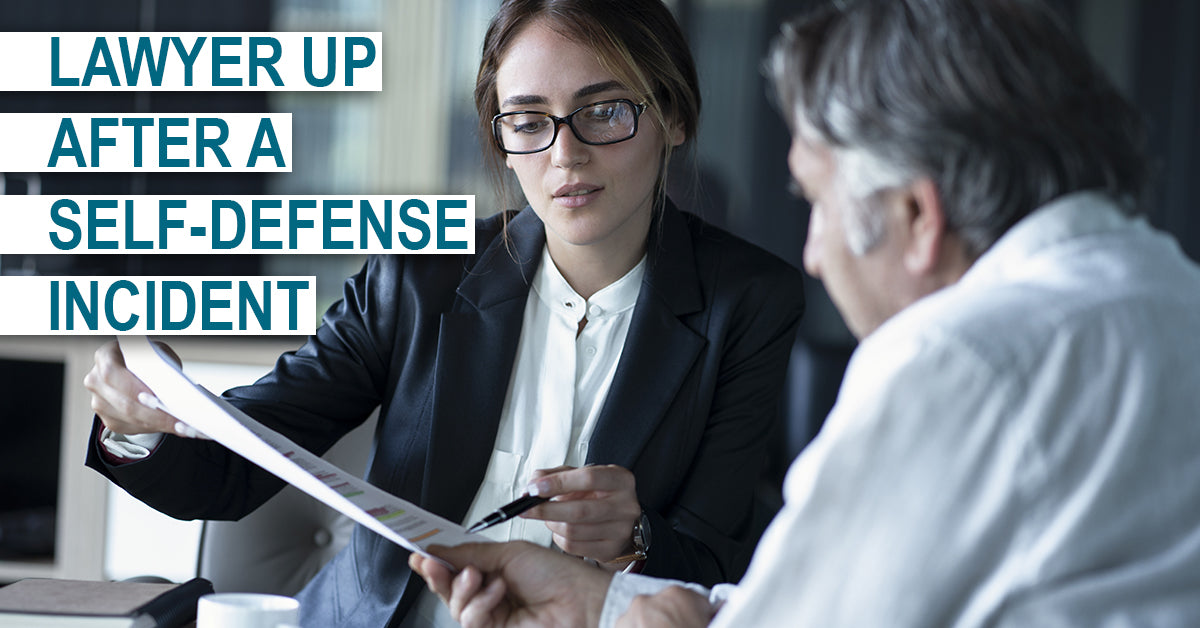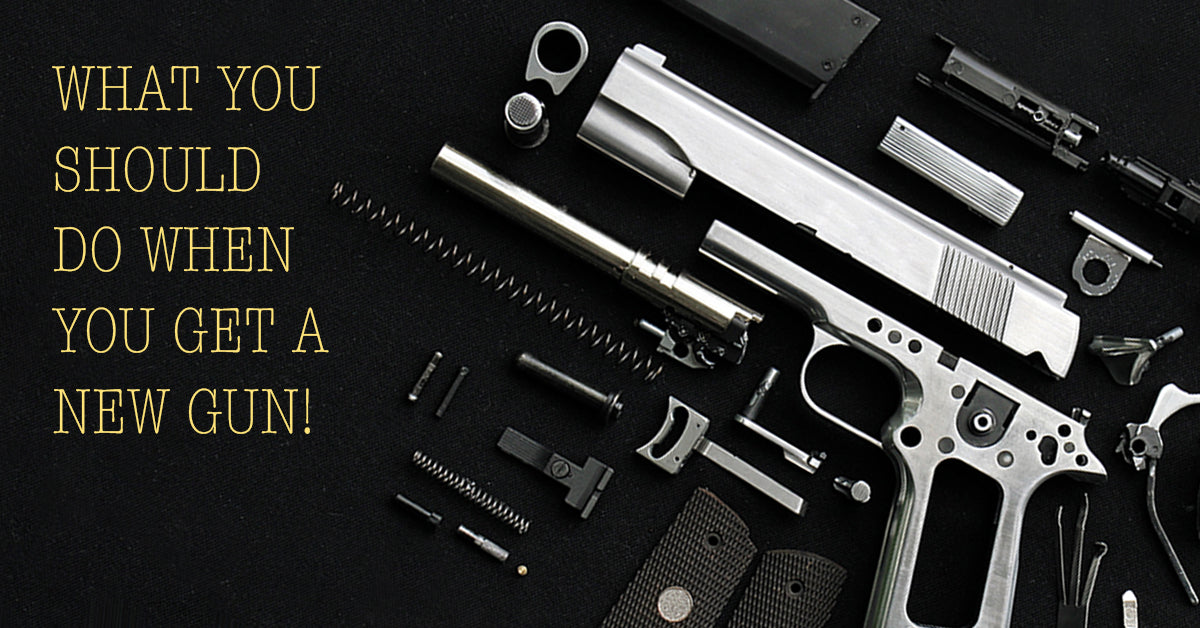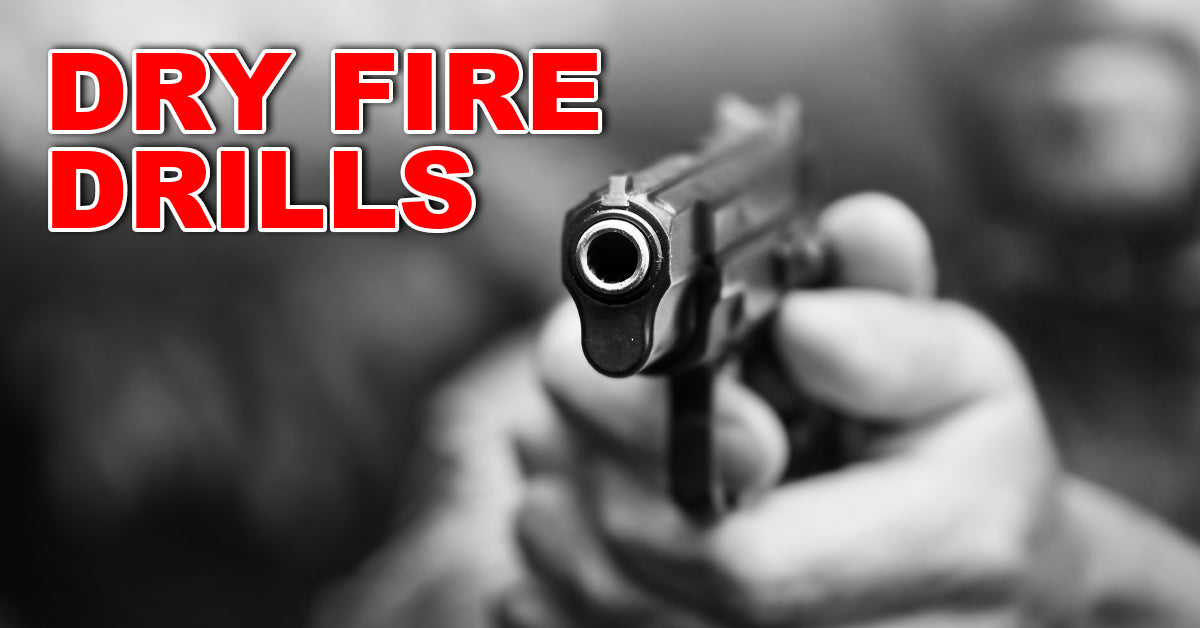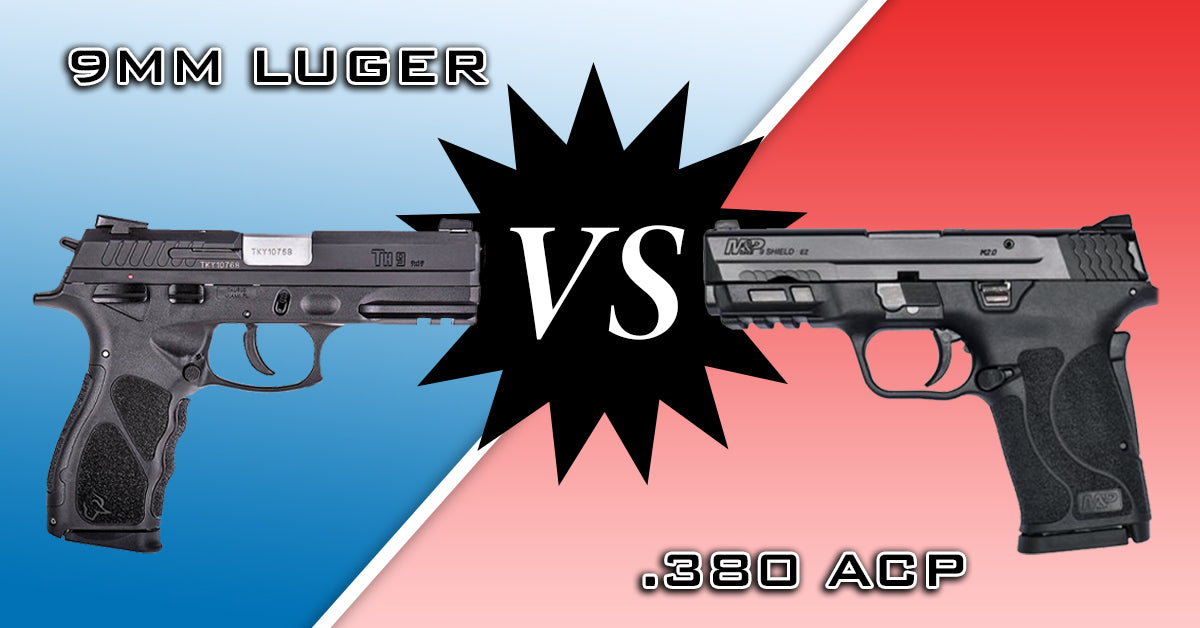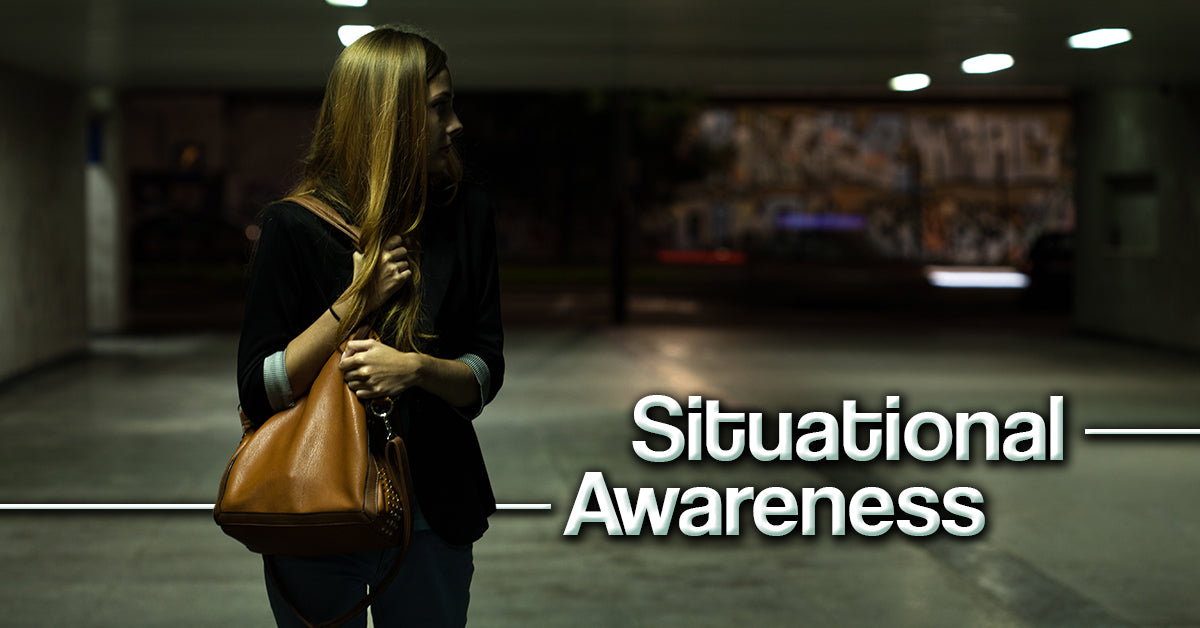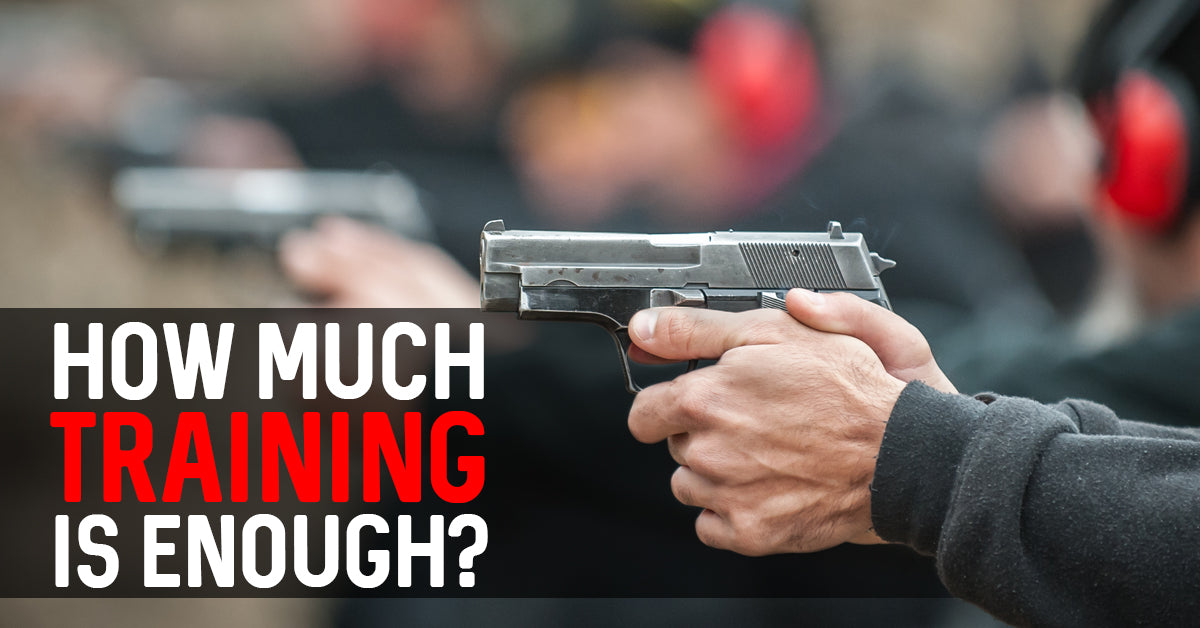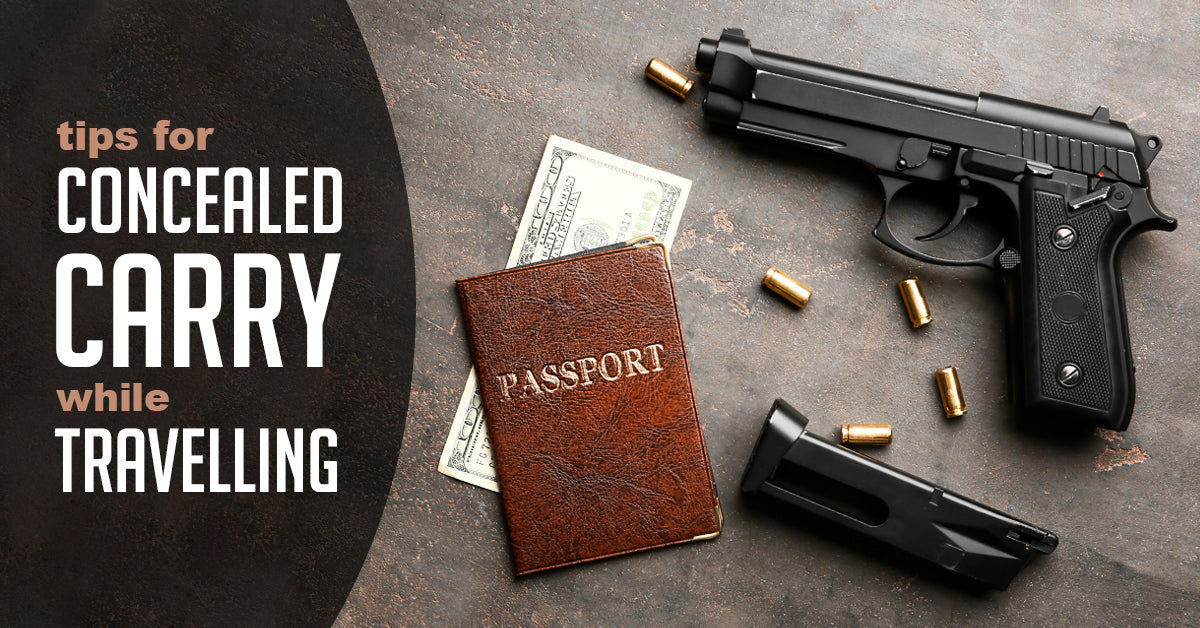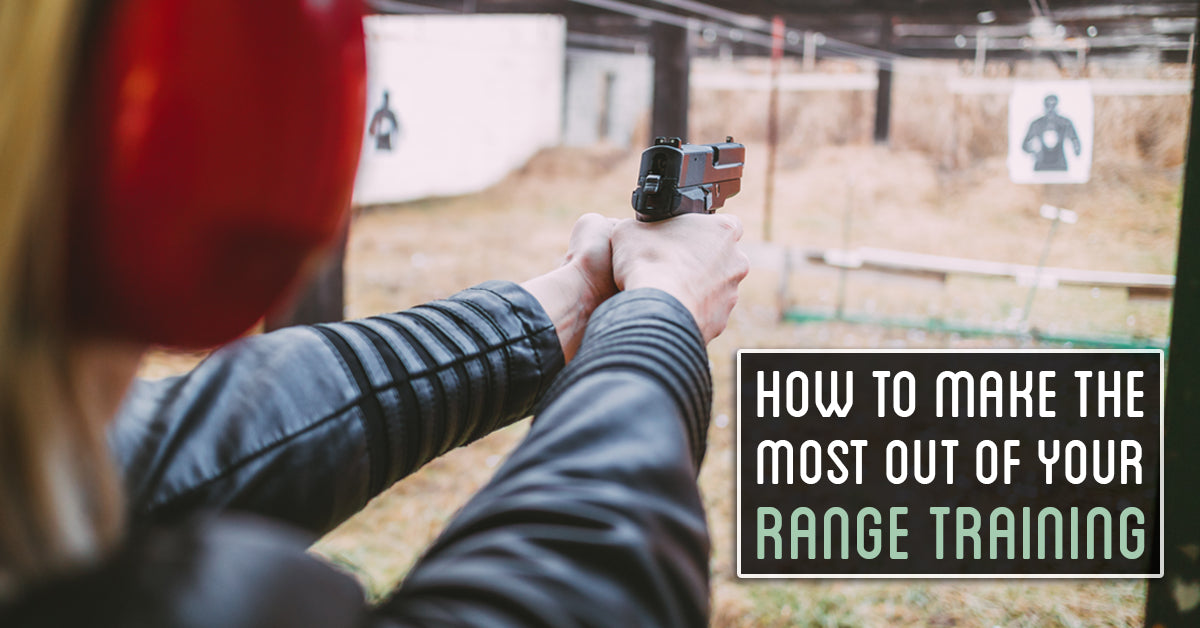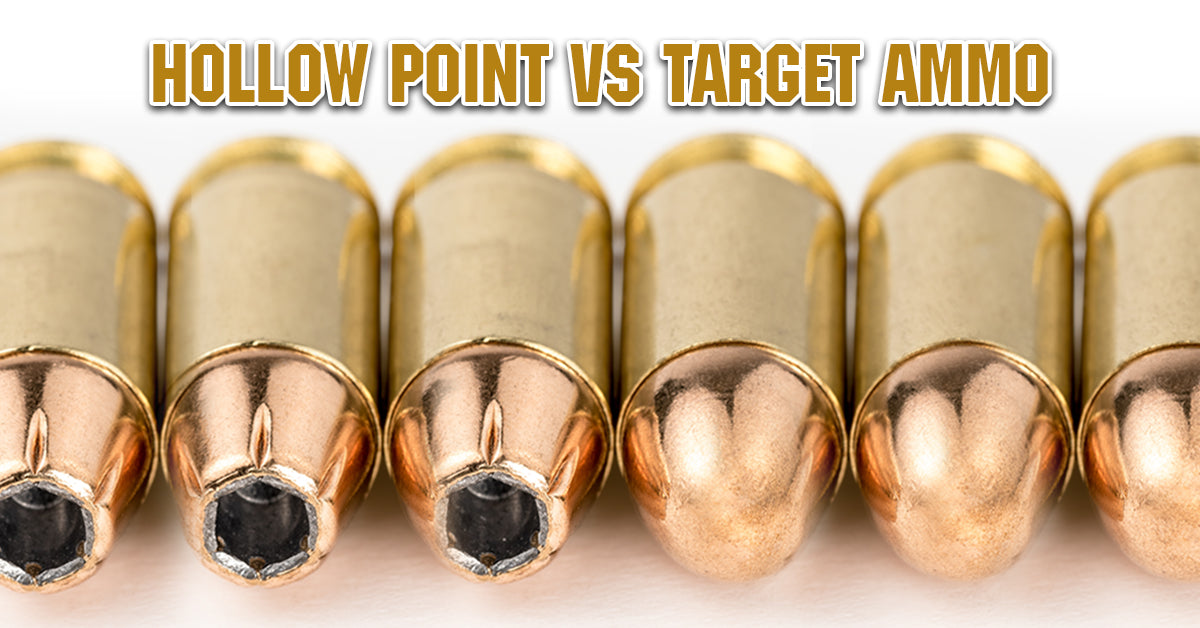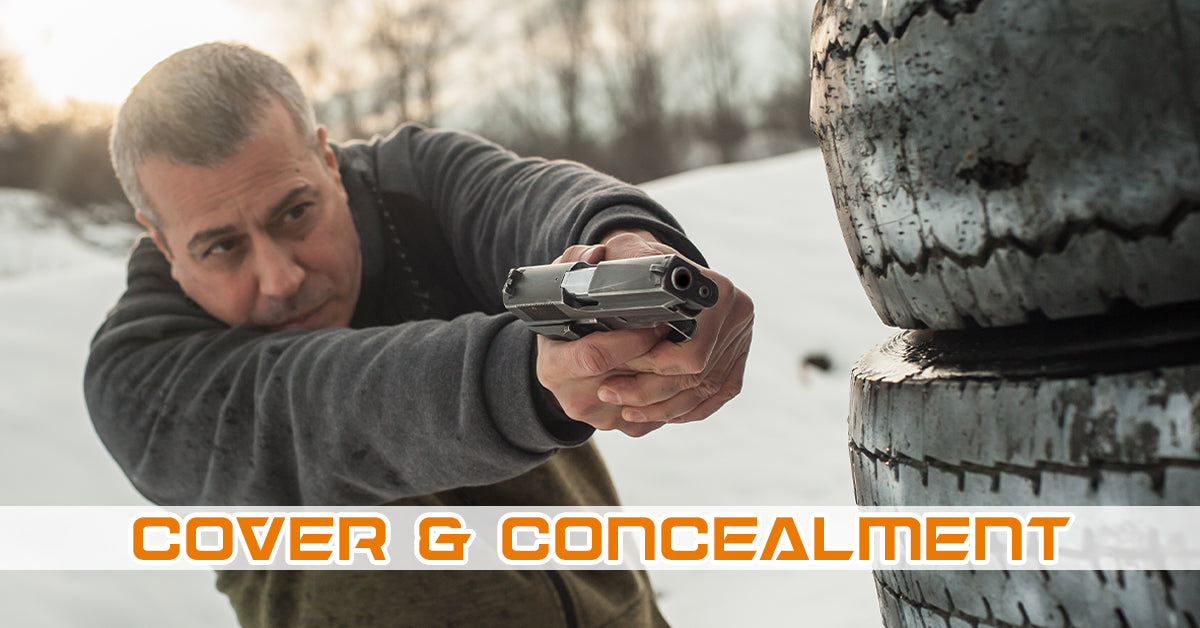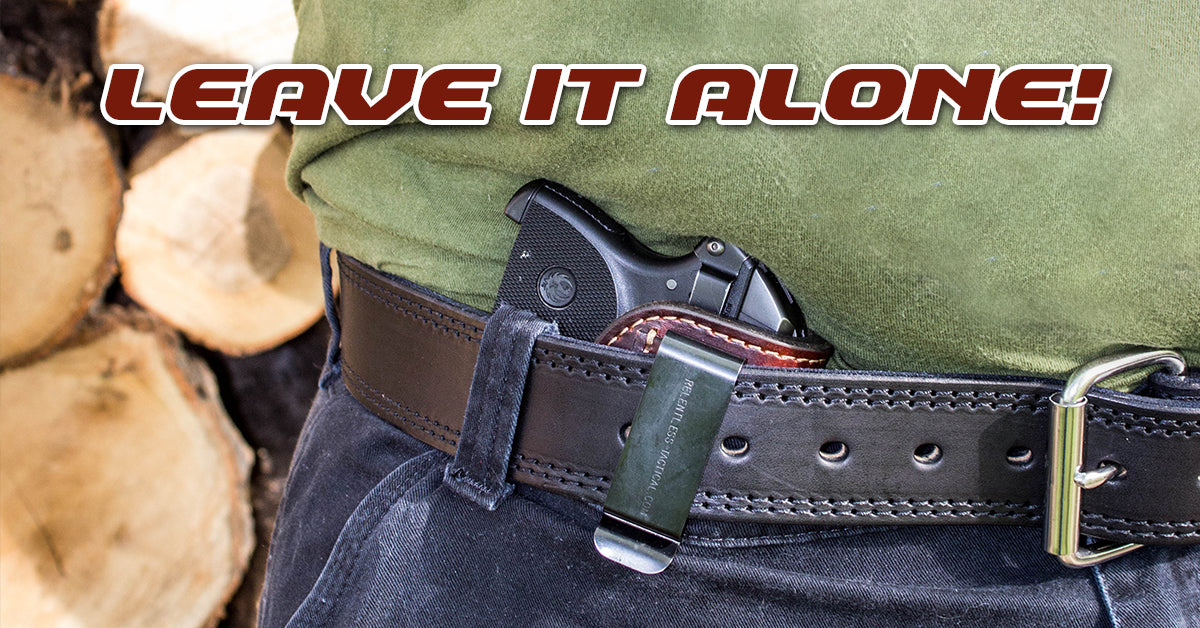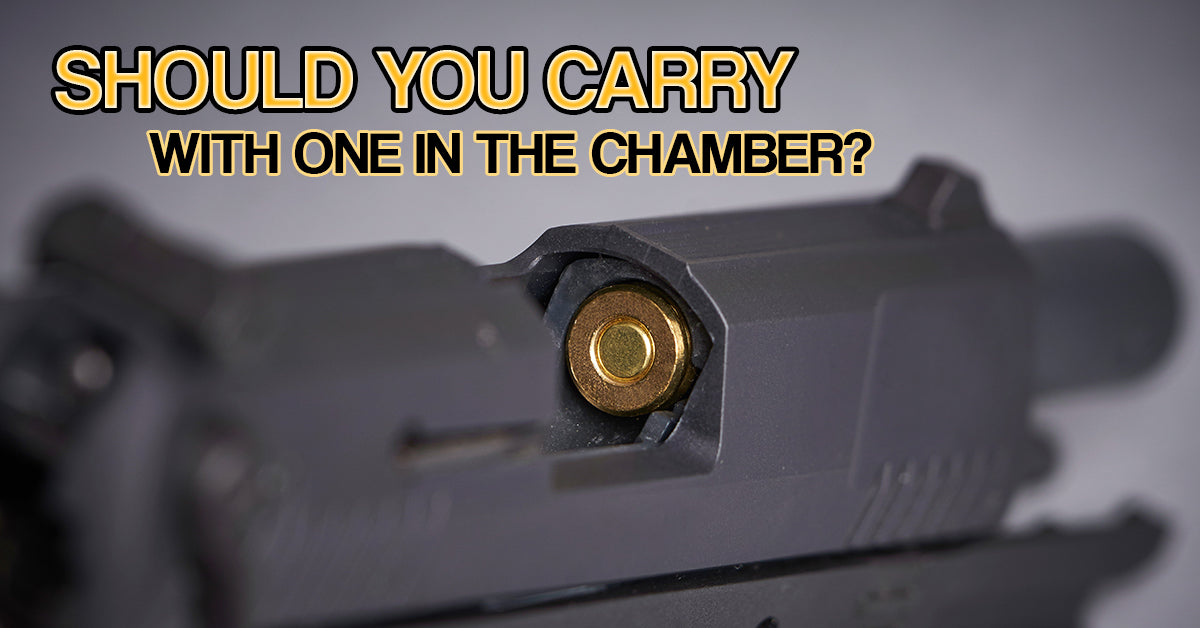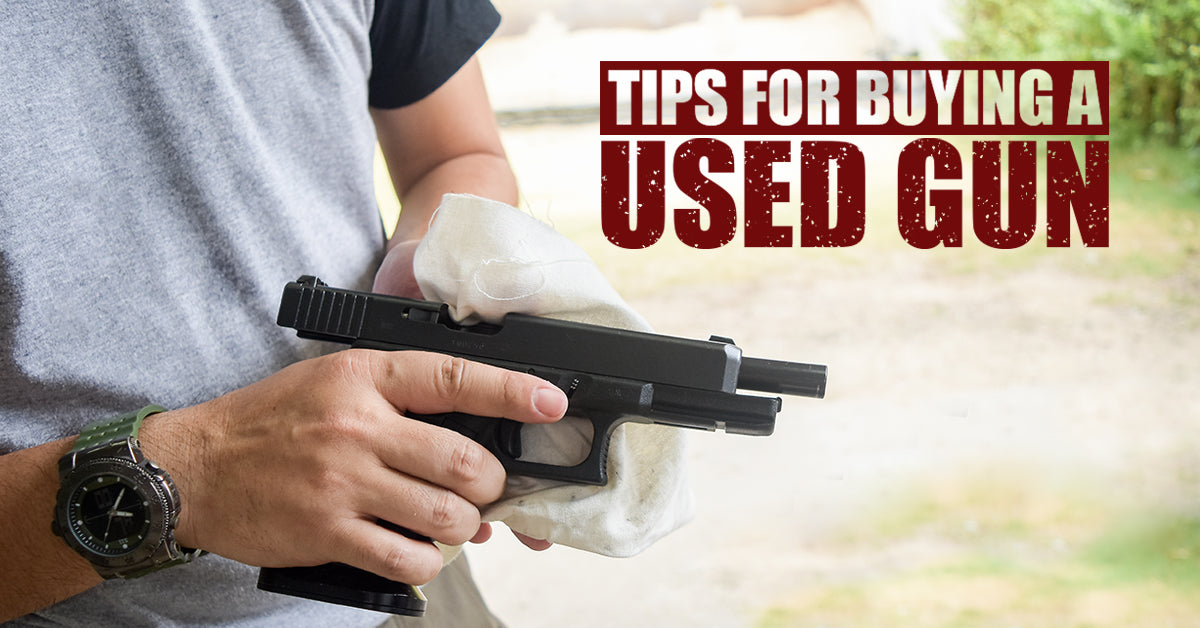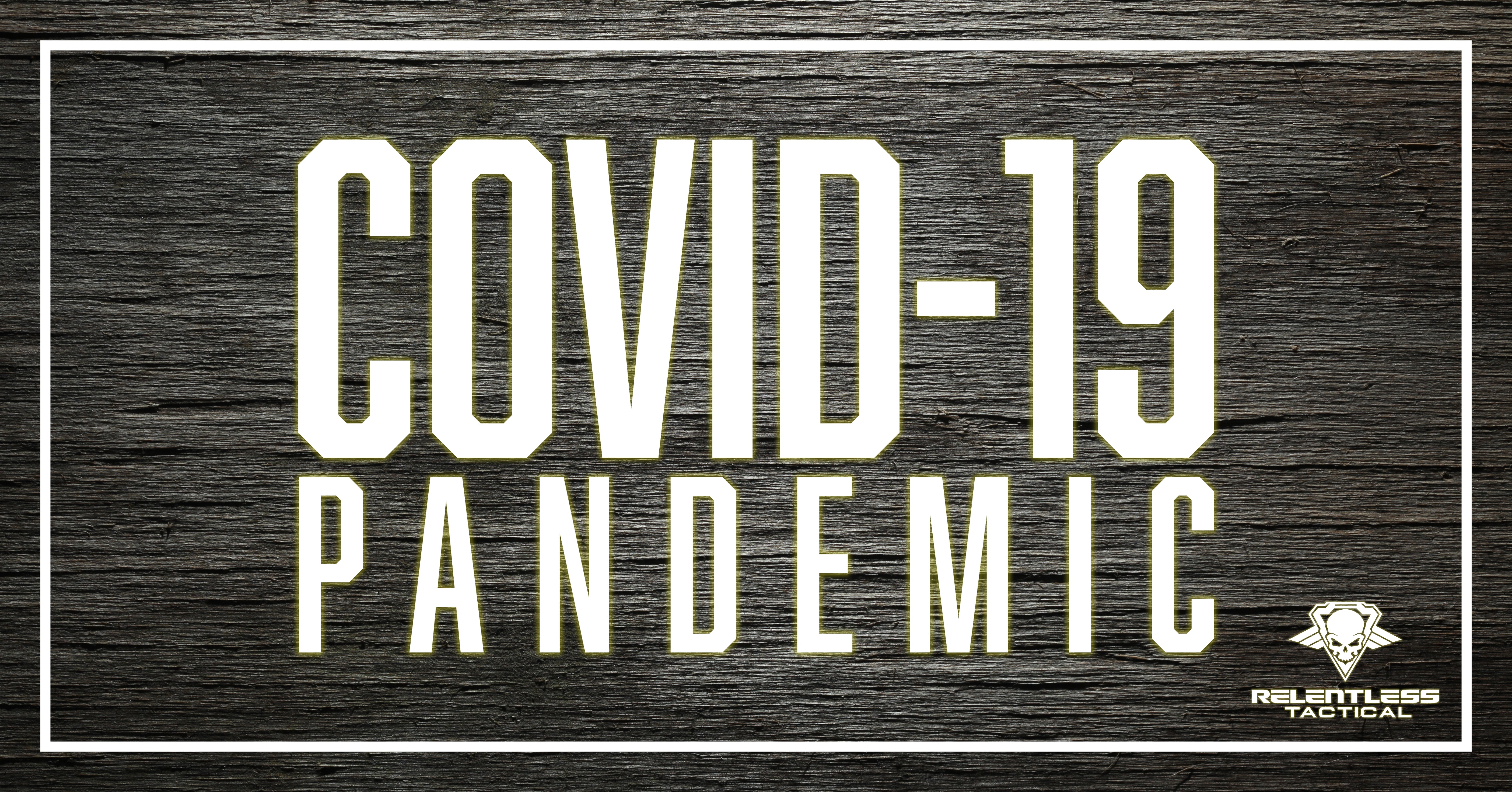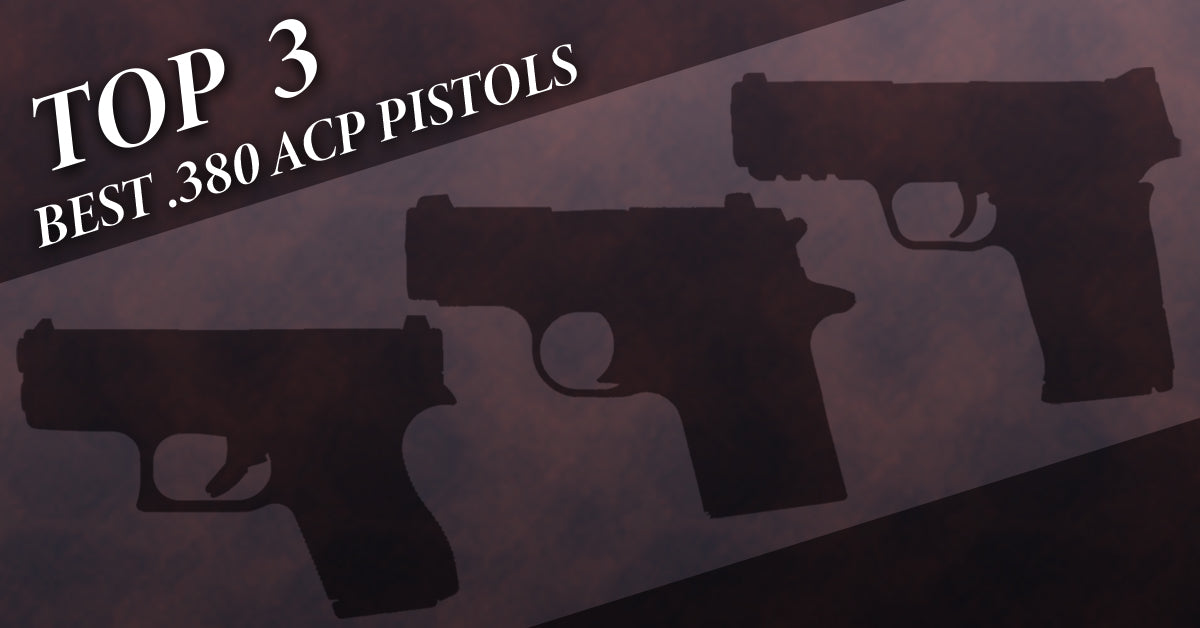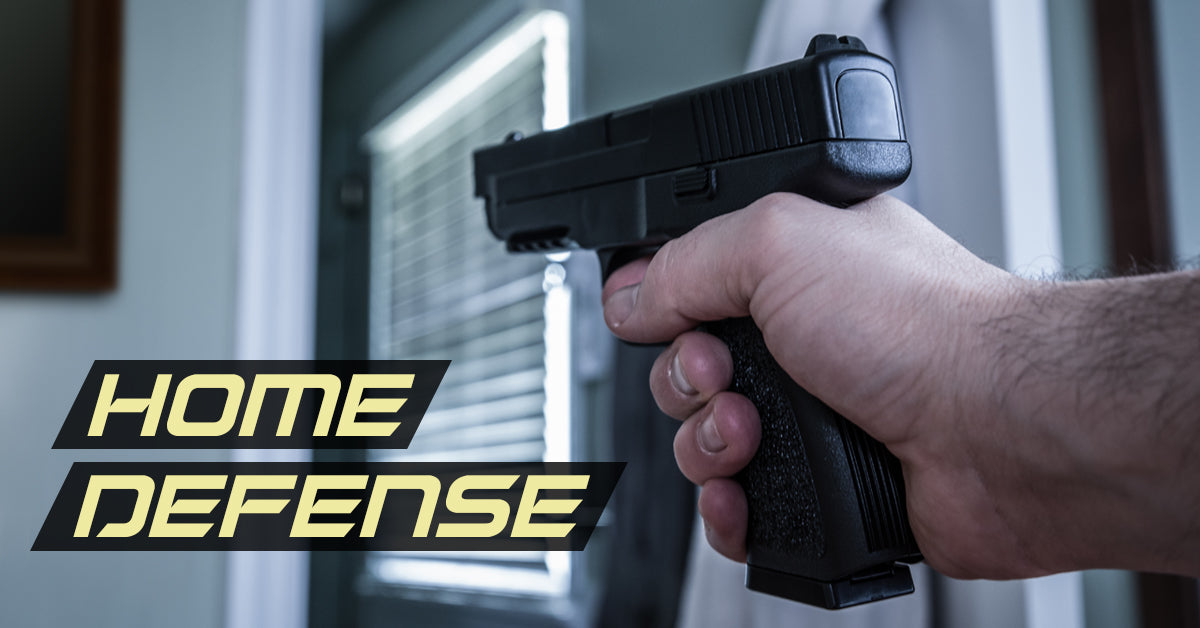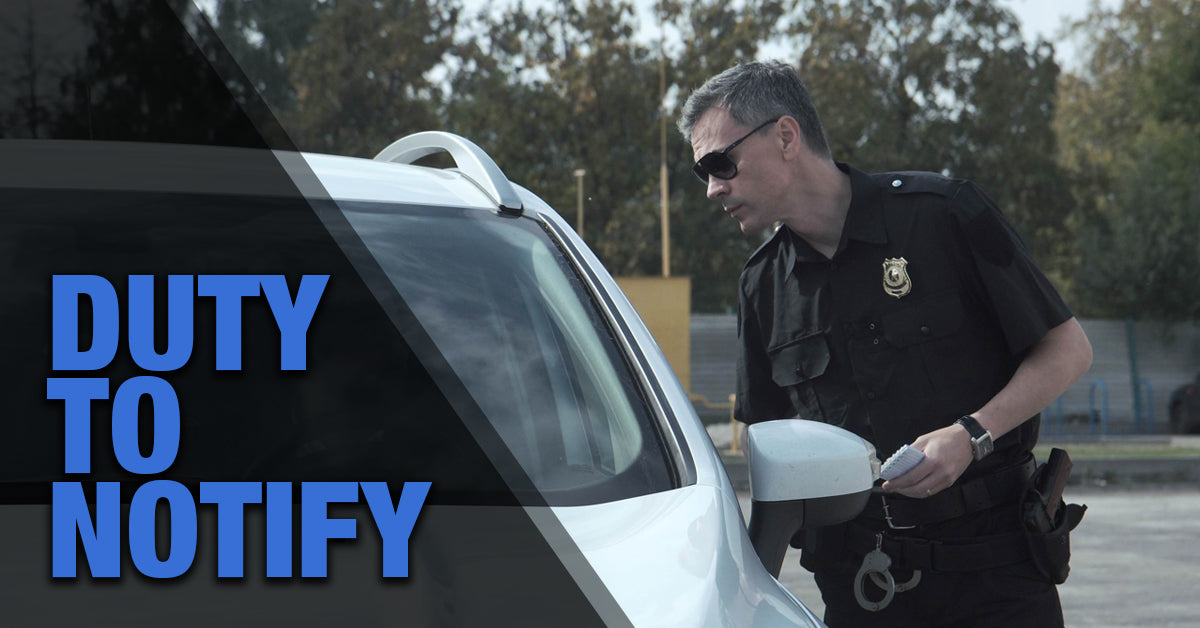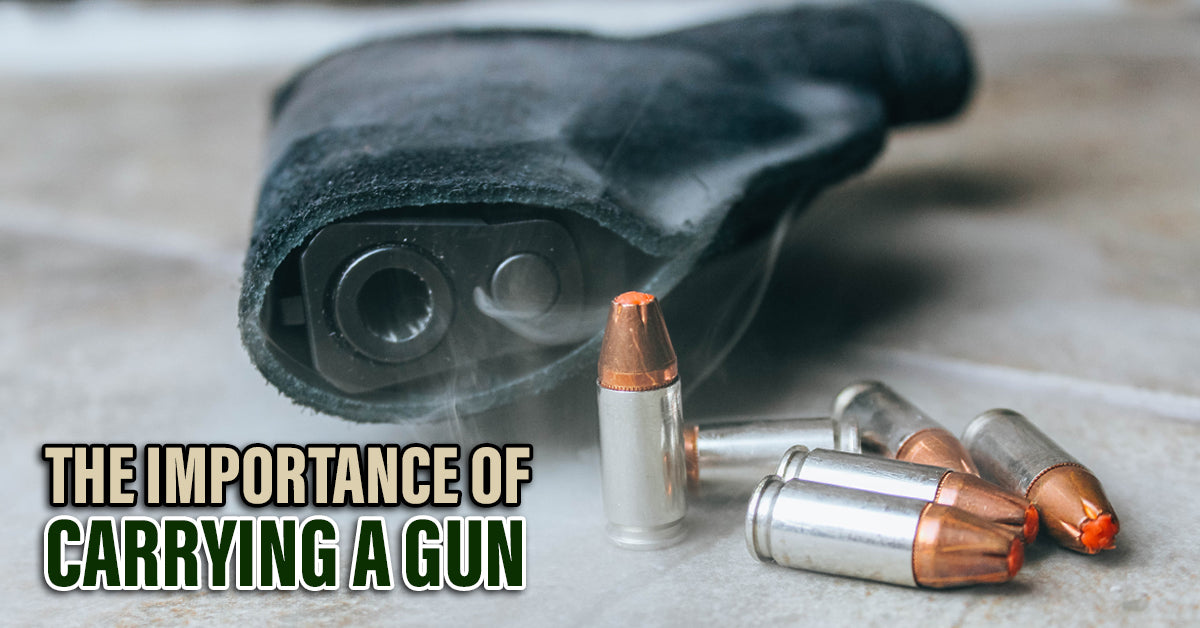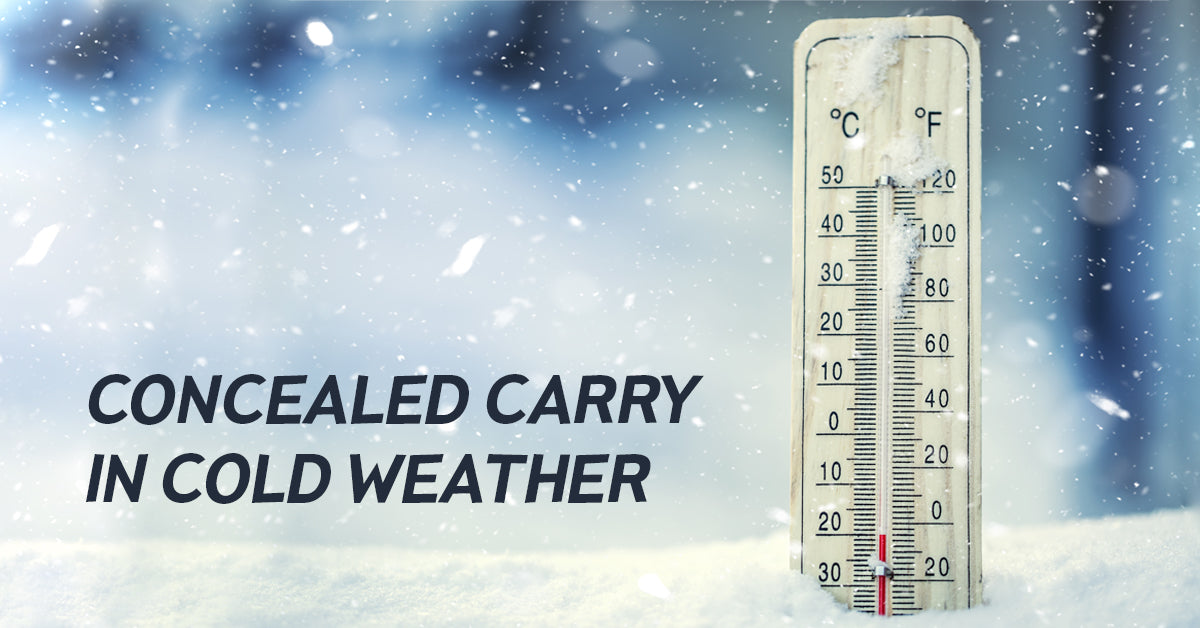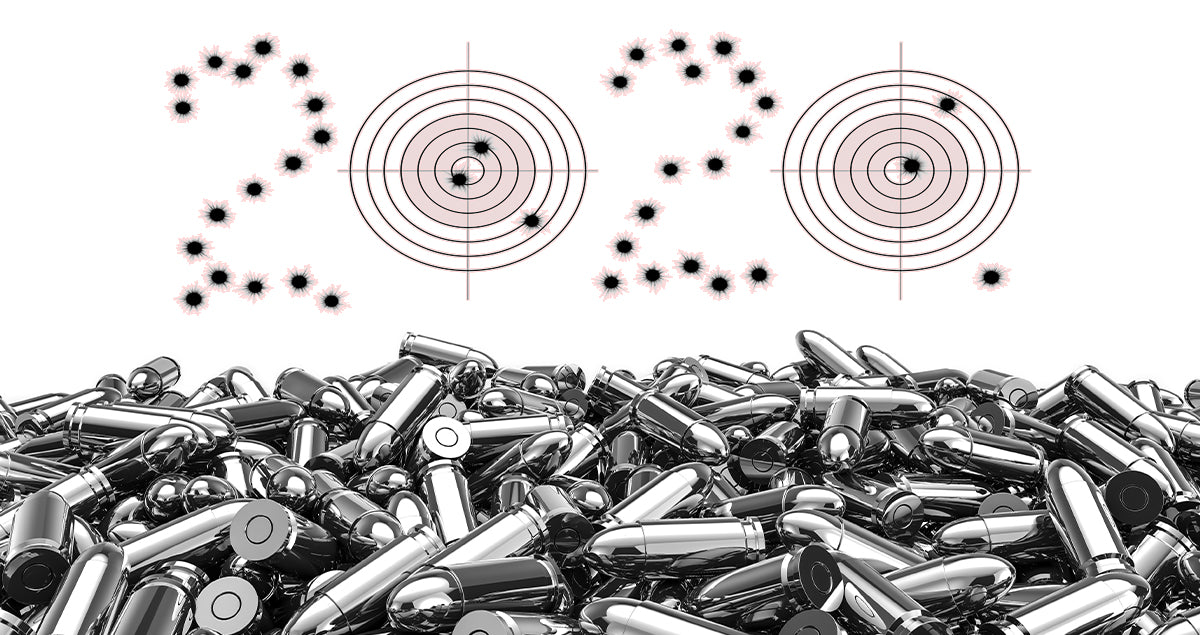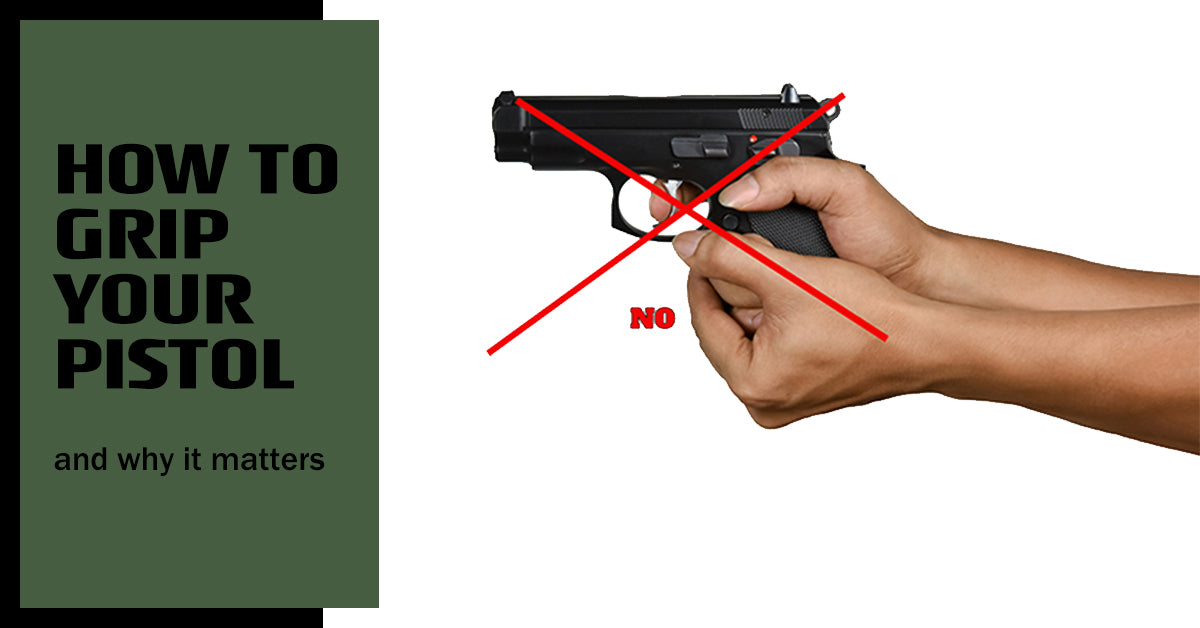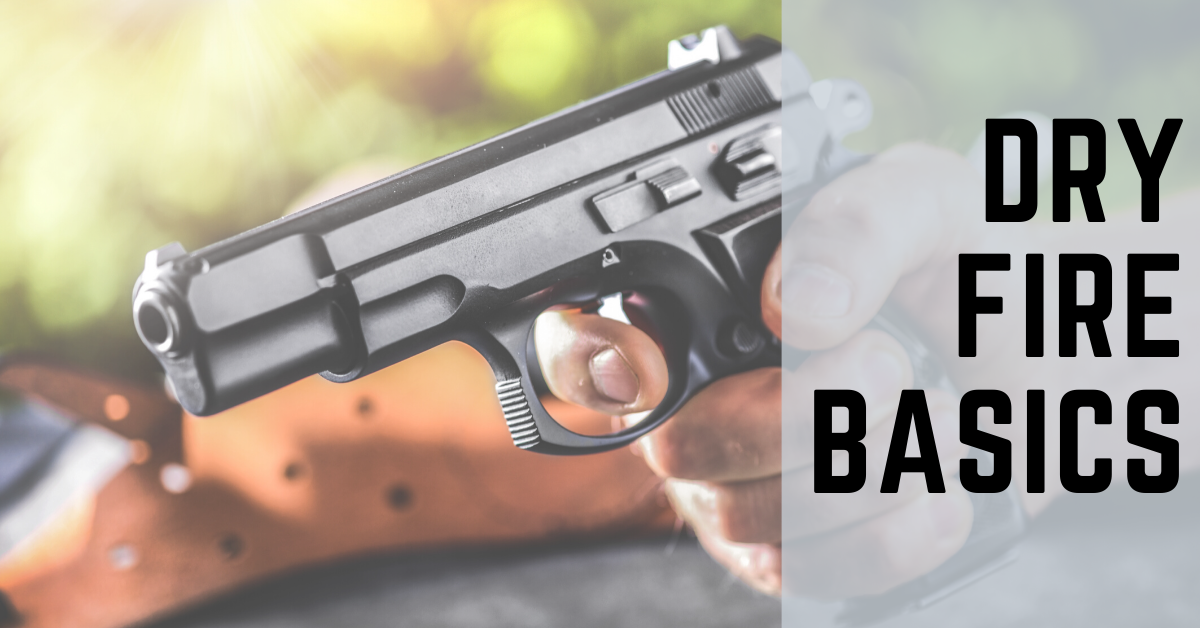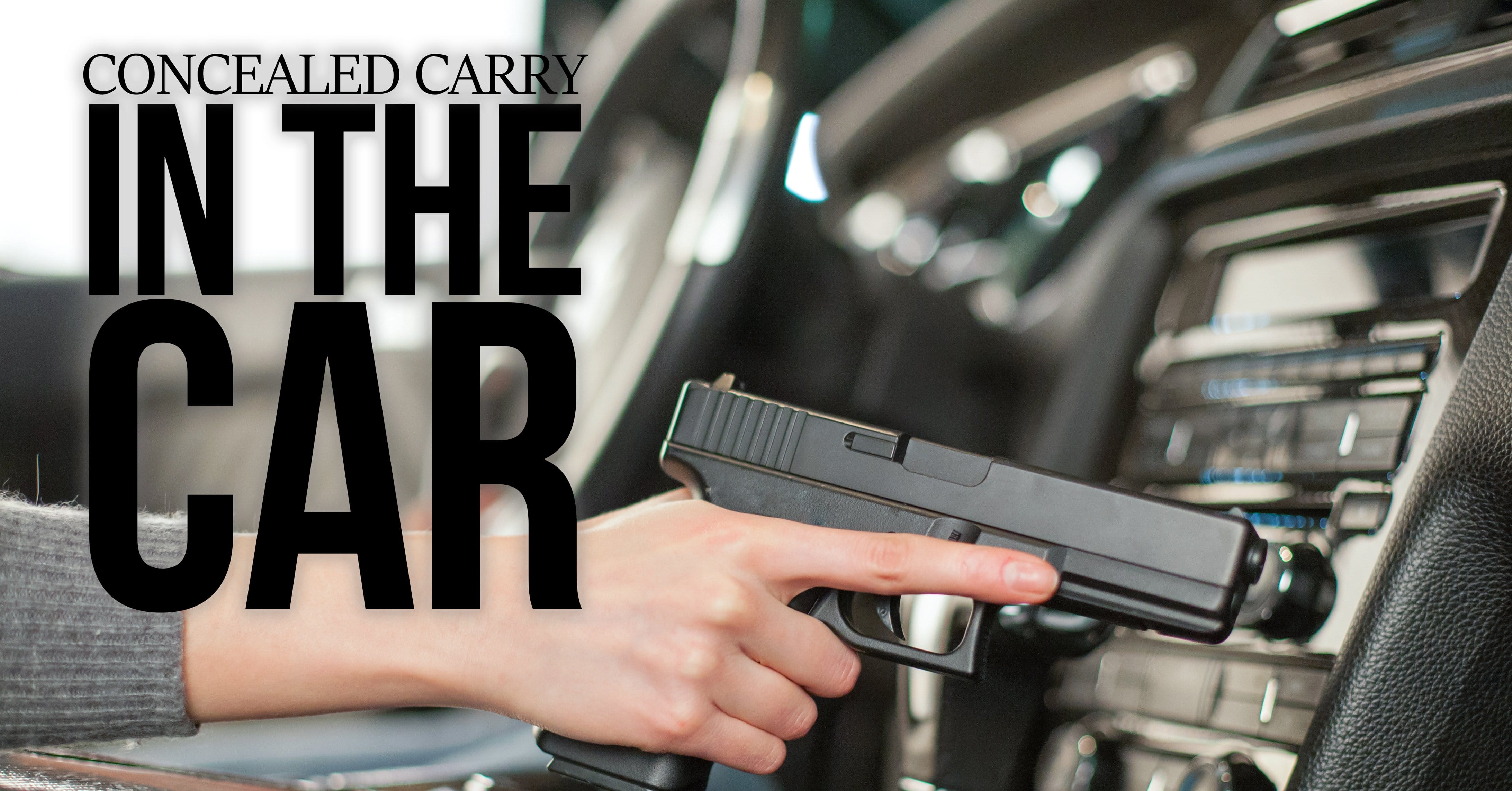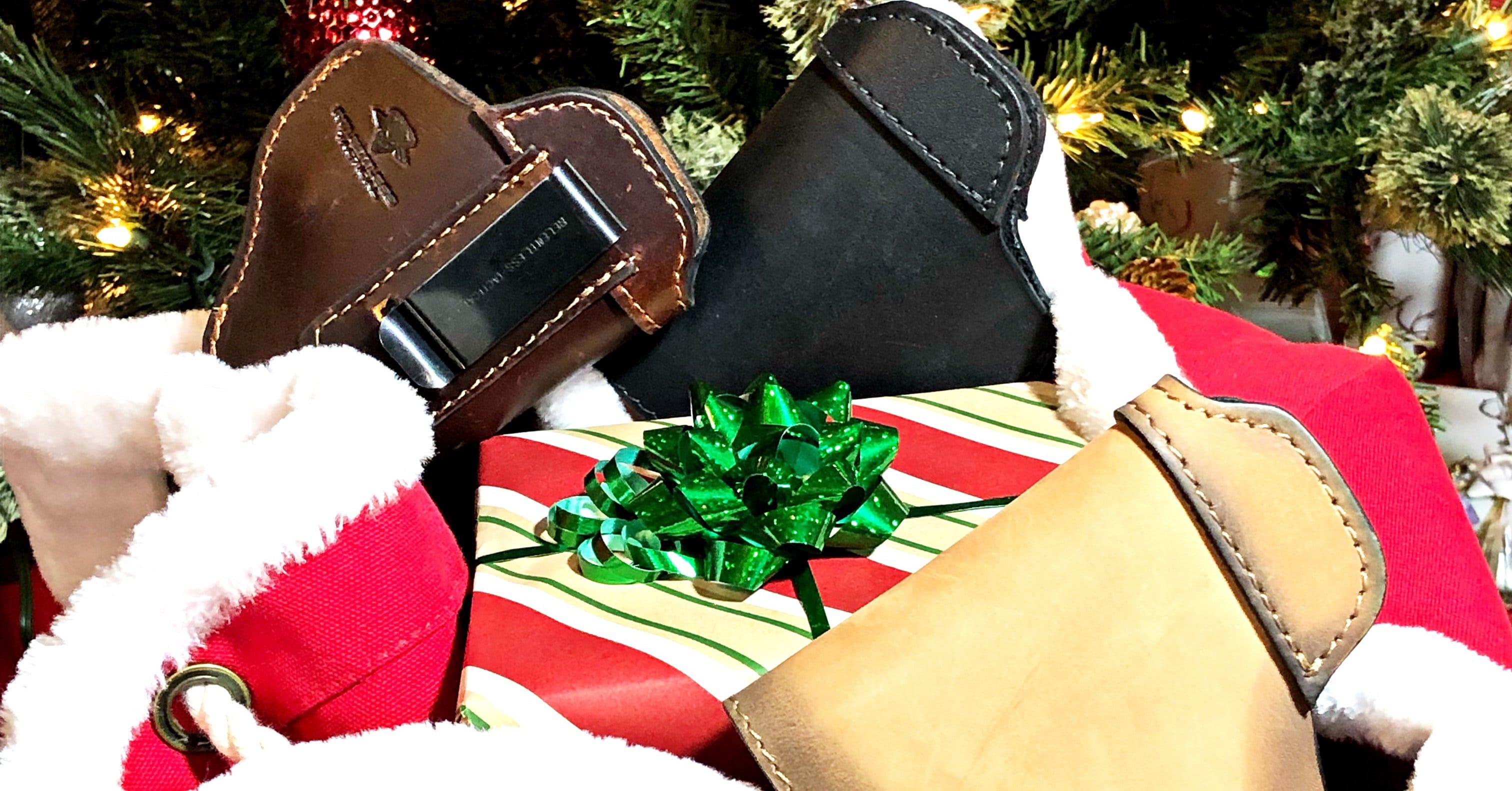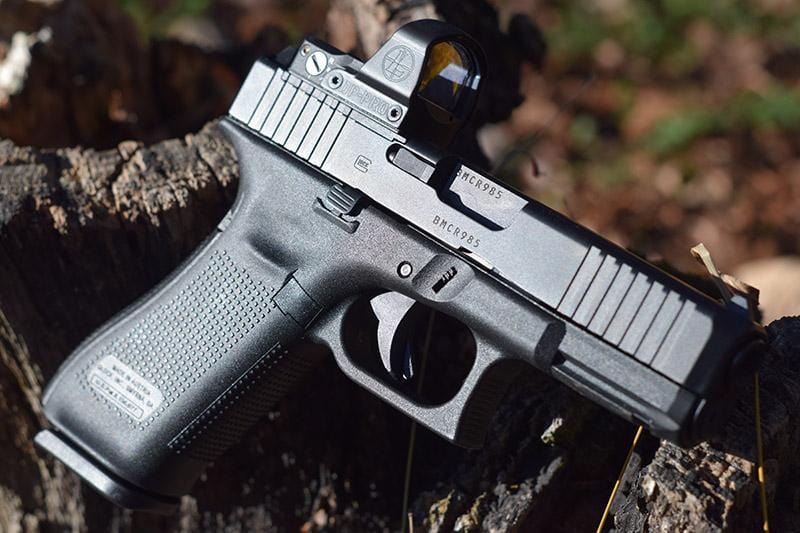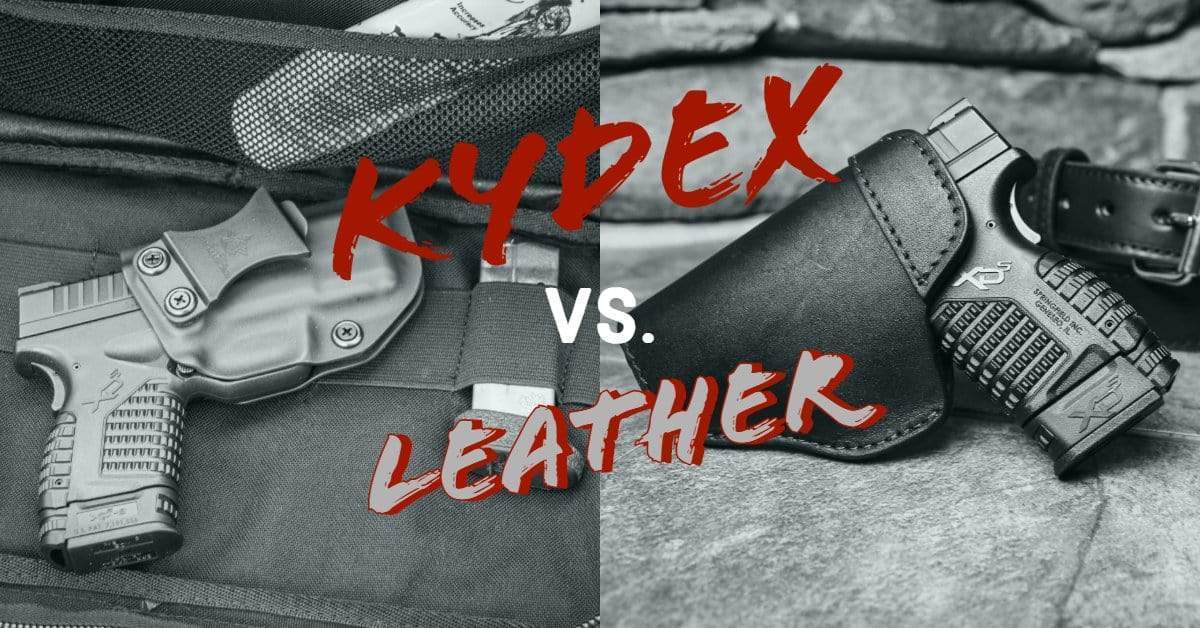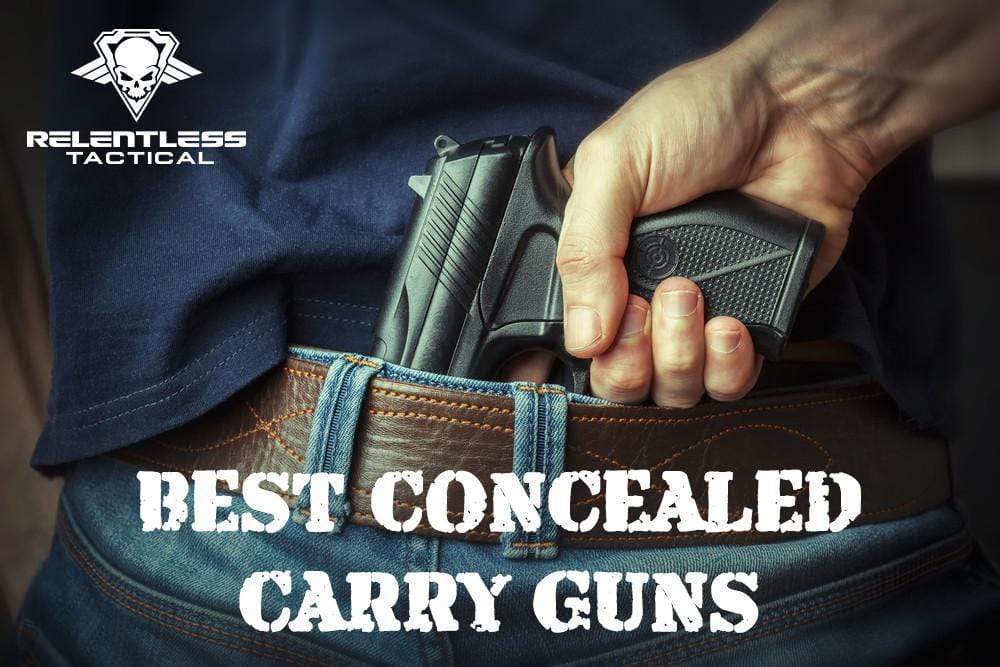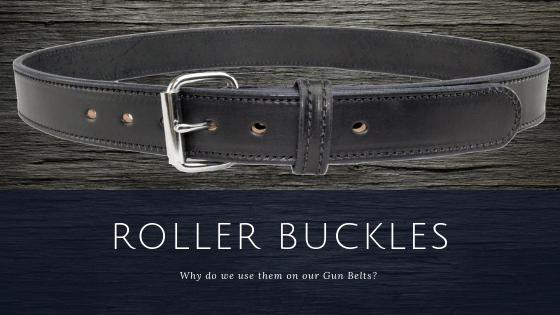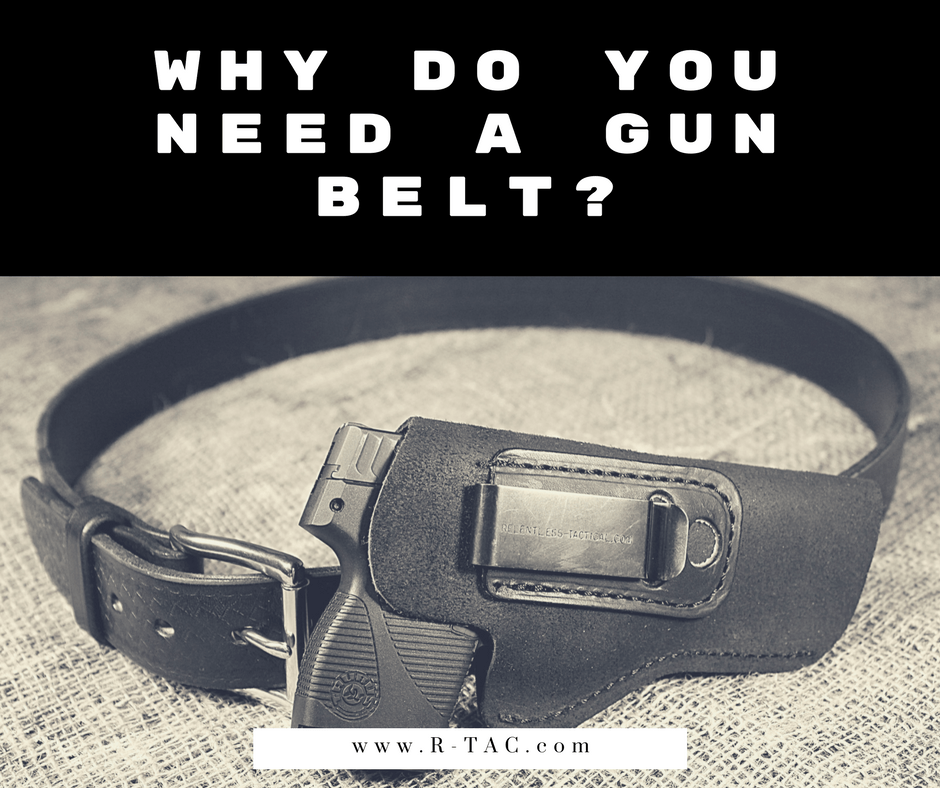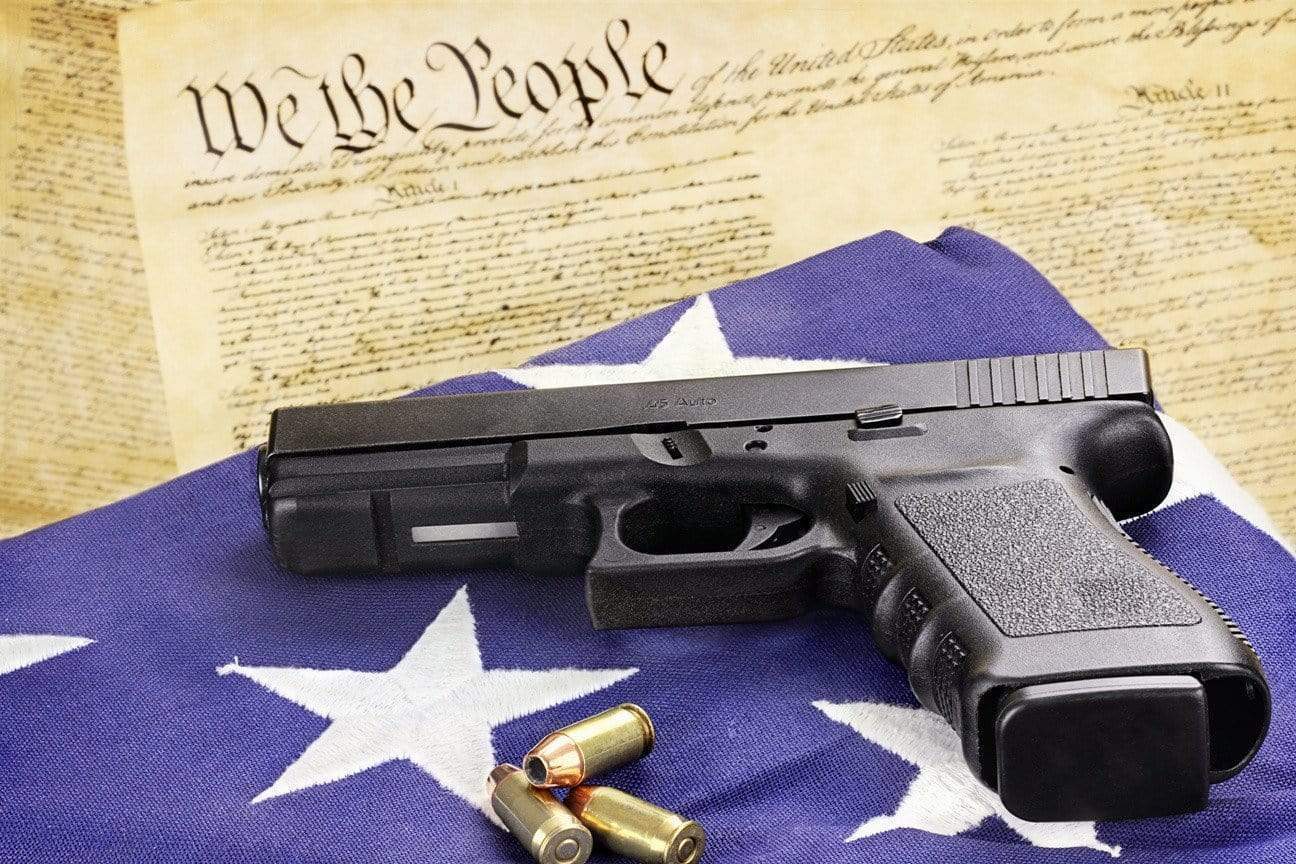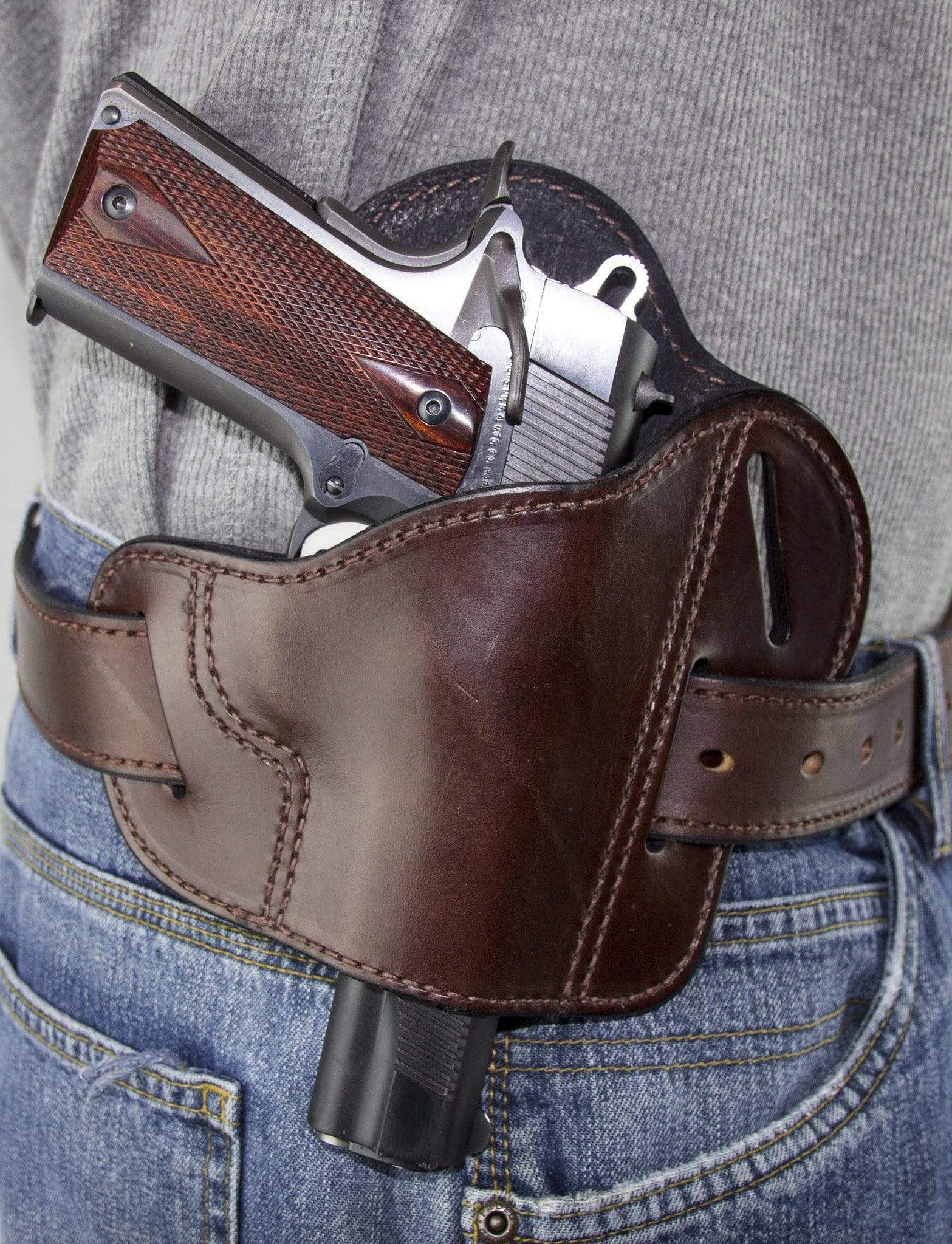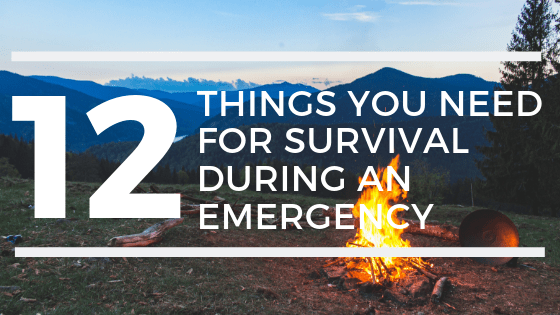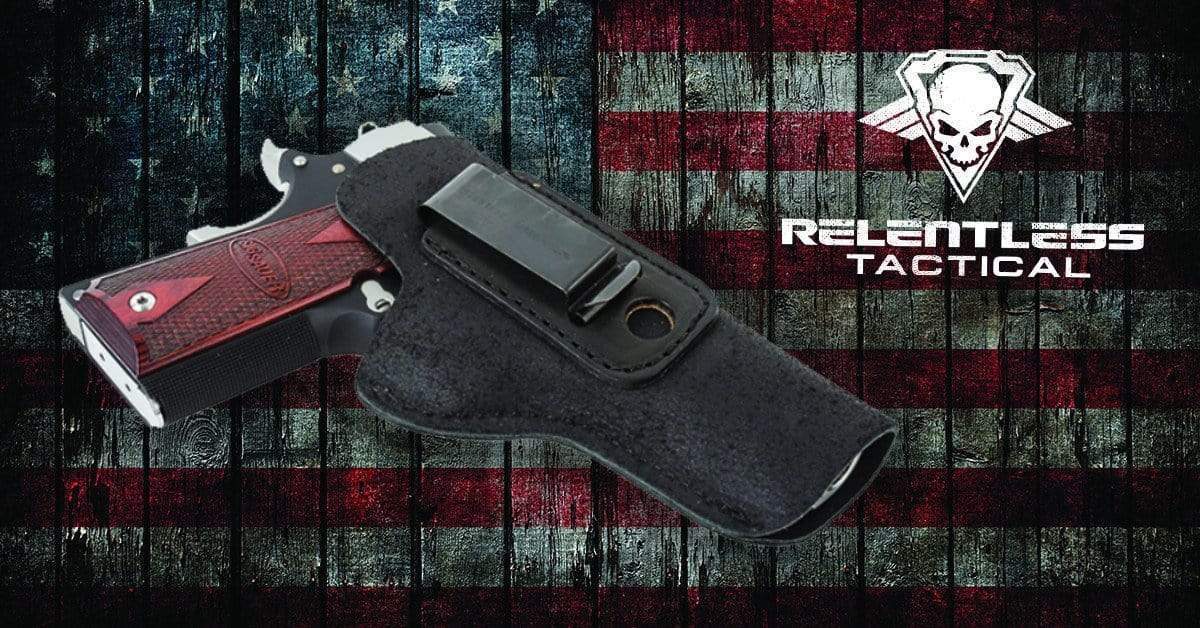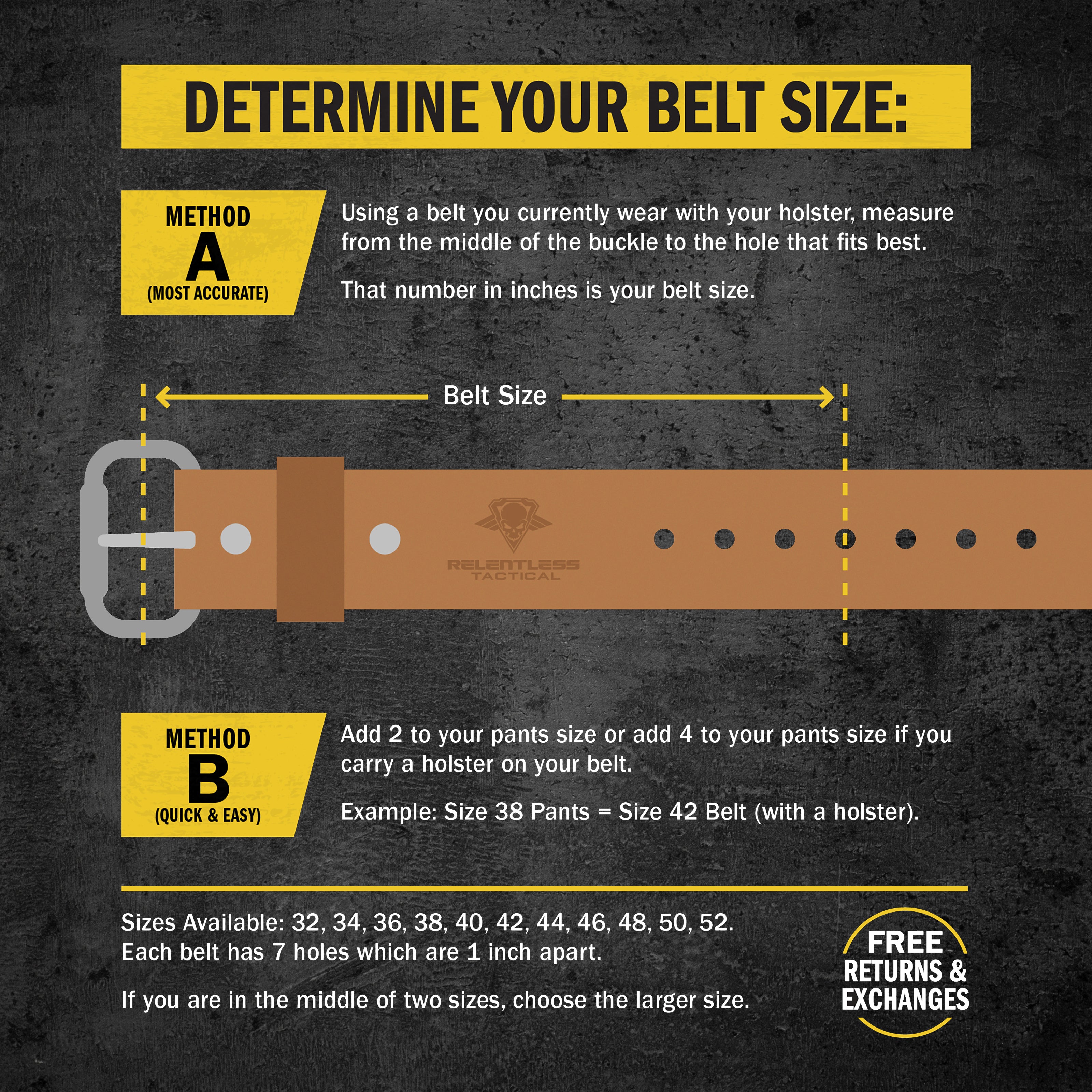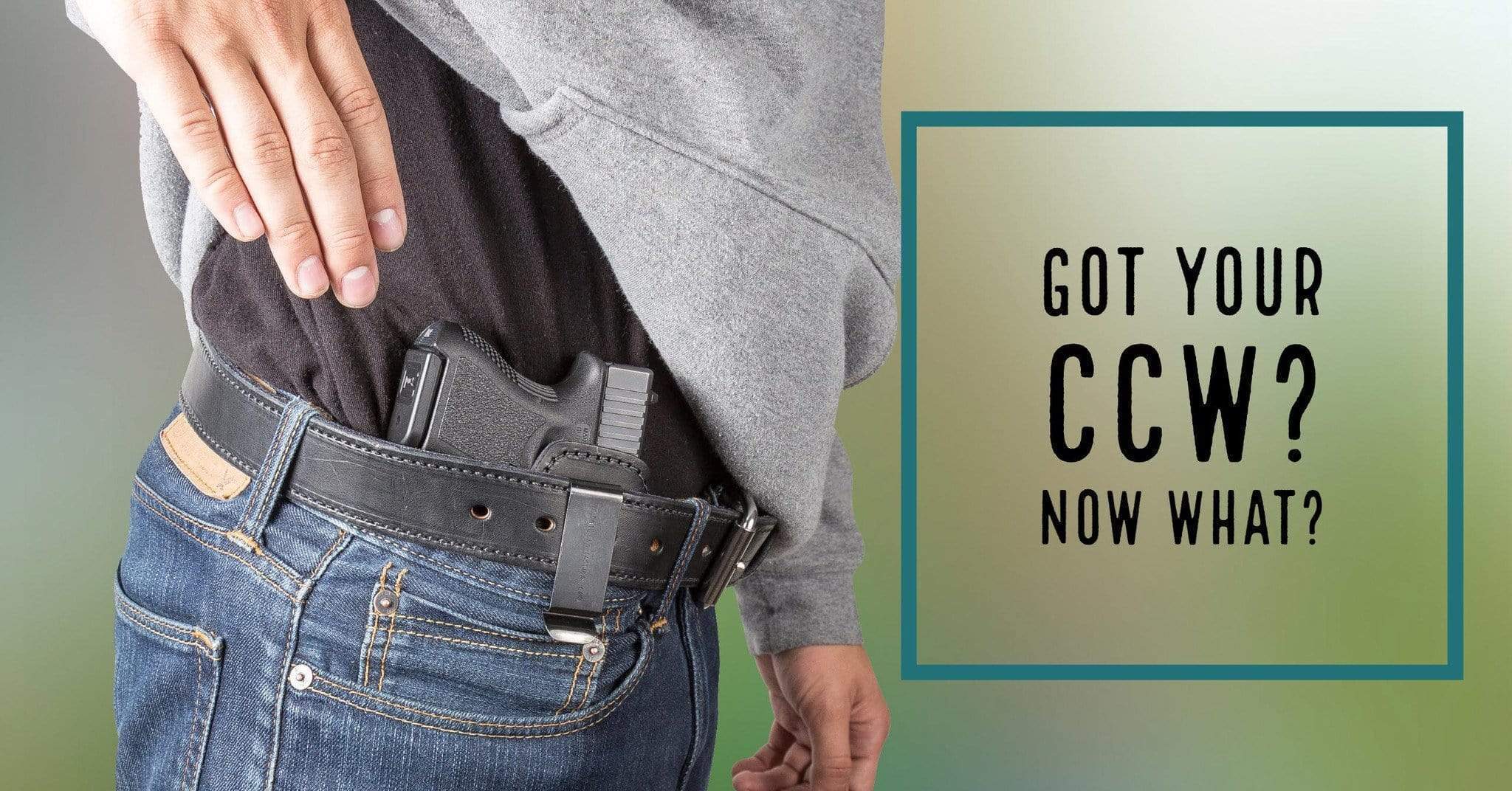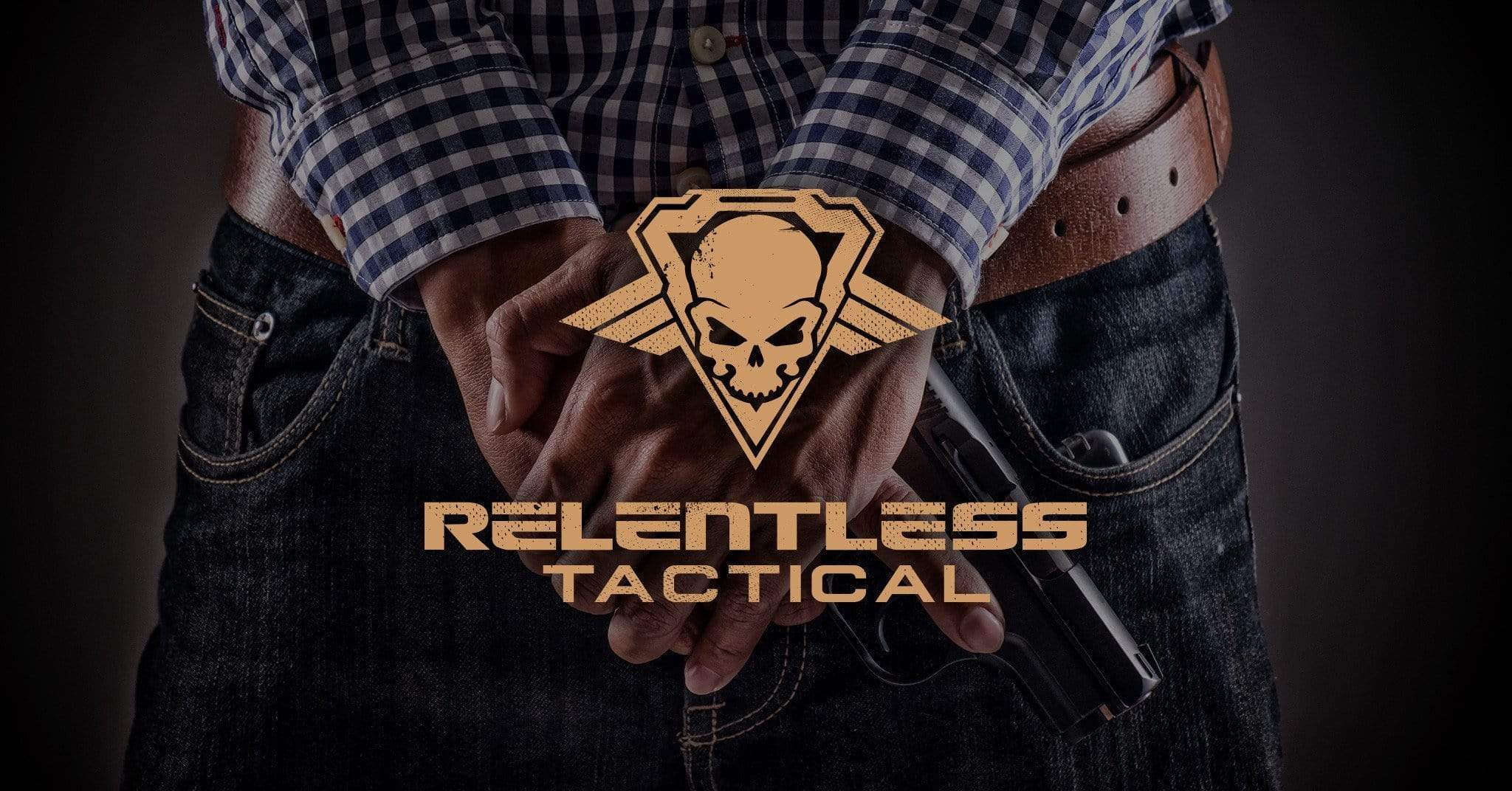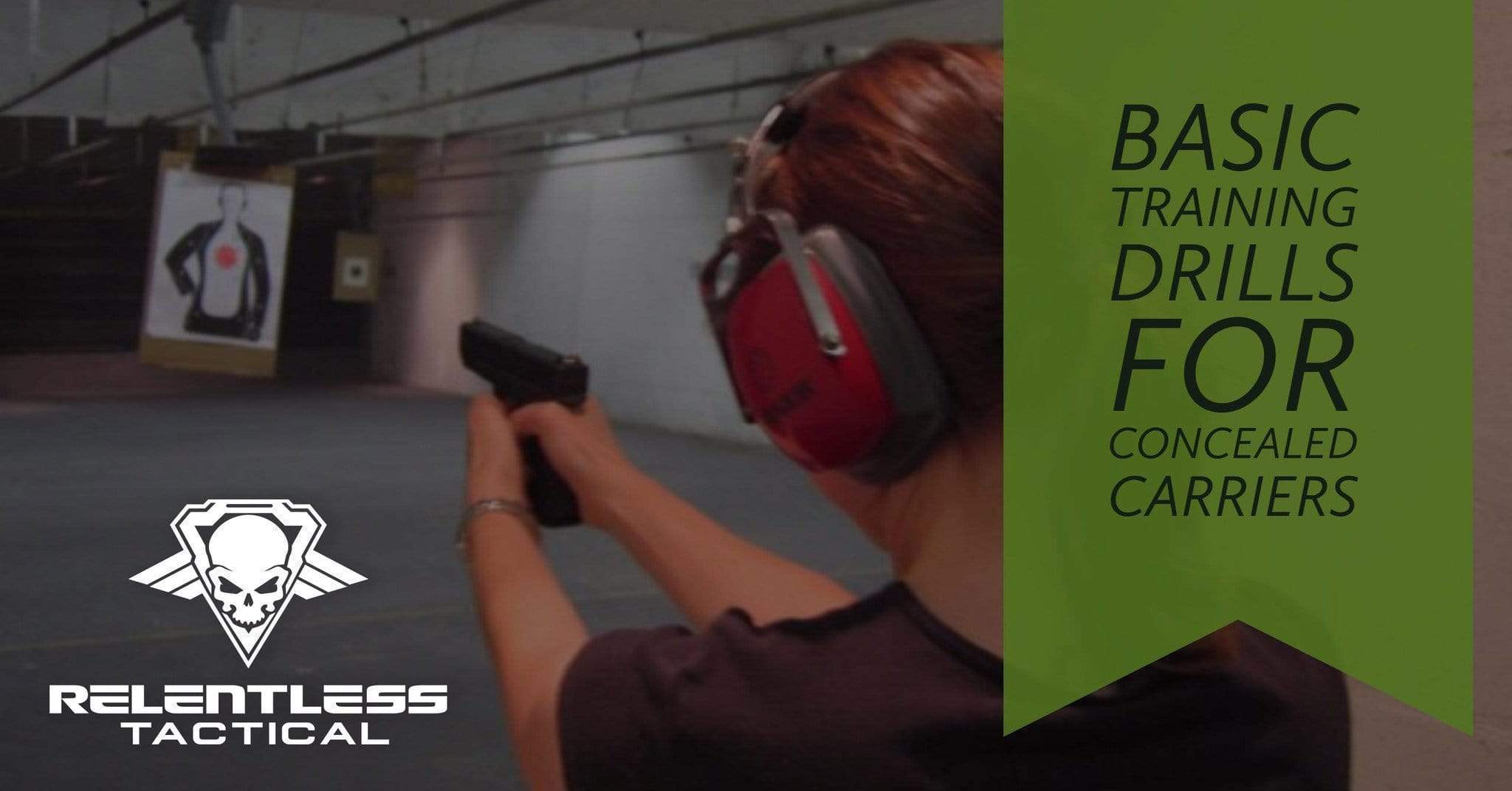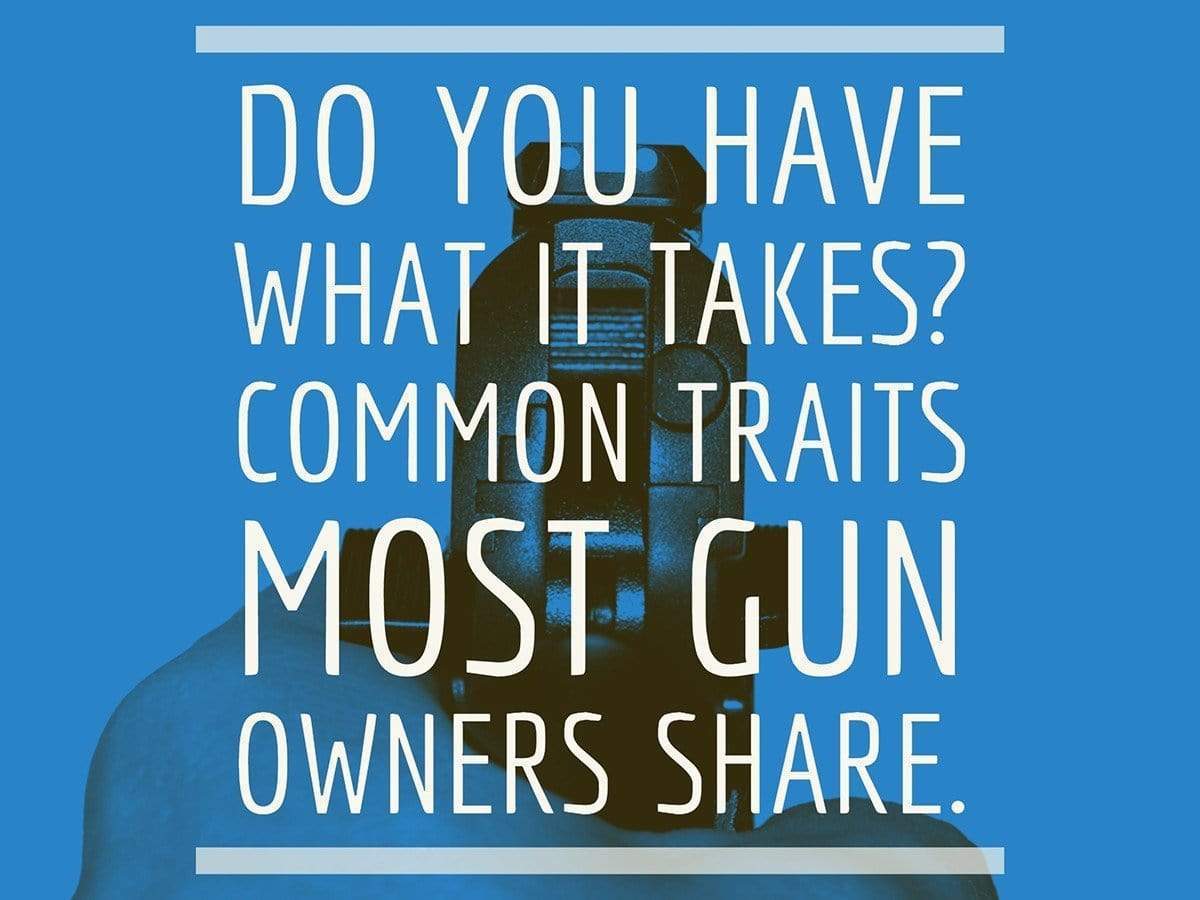Tips For Concealed Carry
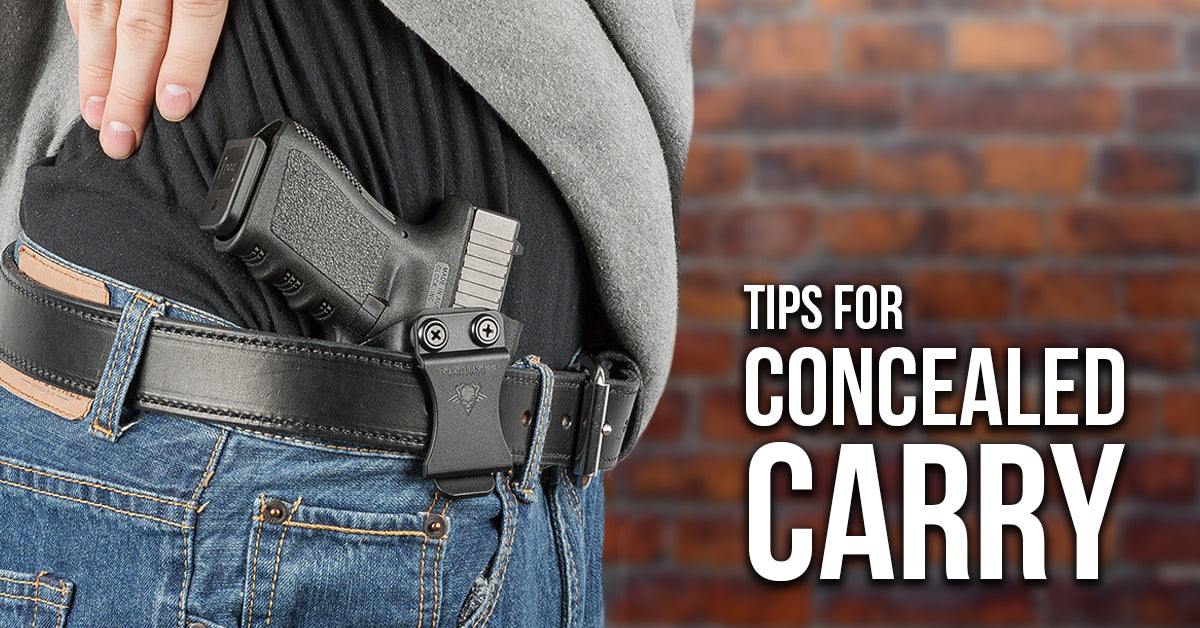
Tips for Concealed Carry
Many years ago, it was often said that the only people who carried a concealed handgun were Cops and criminals. A lot has changed since the early 1980s; guns, gear, and most importantly, attitudes towards the concealed carry of firearms. Those of us who carry concealed firearms have learned, through trial and error over the years, a few tips that might make life a little bit easier for the first timer who has made the decision to carry a concealed firearm.
There are numerous things to take into account when deciding to carry concealed, but for this article, we will keep it simple and stick to the following subjects; firearm, carry position, holster design, and cover clothing.
Firearms
The decision to carry a concealed handgun is a personal one, as is the choice of firearm that you carry, but your decision should be an educated one instead of basing it off of your favorite TV detective. Things to consider when deciding on which handgun you are going to carry should be the size of the handgun (concealability), power vs. controllability, your personal competency with said handgun, and capacity.
The size and weight of your handgun of choice should be of great importance. After all you are going to be lugging it around with you most of your waking hours, or at least you should be. There are quite a few people who take off their handgun as soon as they shut the door of the house behind them, which can be a bad idea.
Statistically speaking, all home invasions happen in the home and if some thugs kick in your door while you are enjoying some private reading time, your pistol sitting on the kitchen counter will do you no good, no matter what the make, model, or caliber.
The M1911 pistol has been a favorite of concealed firearms carriers for a long time but, a full size 1911 weighs in at around 39 ounces empty. That’s 2 ½ pounds without any ammo and while it doesn’t seem like much, try strapping 2 ½ pounds to your belt and carrying it around all day. At the very least your pants will need to be constantly hitched up, at worst you’ll be pulling your hips and lower back out of whack.
While a 1911 can conceal rather well, there are better handgun options in this day and age to conceal on your body. Check out these top 5 guns for concealed carry.
Your body type should be of some consideration as well, unless your body fat percentage is below 6% and you have a 6-pack stomach without love handles, a full-size service pistol is going to end up digging into some portion of your anatomy and it may be less than comfortable.
Right now there are people out there saying “a concealed firearm should be comforting, not comfortable.” Ok … but, and just play along here, if your “concealed” firearm is digging into your gut, love-handle, or for those that choose appendix carry, some other equally sensitive portion of your body, you will feel it.
No matter how much self-discipline you have, eventually your body will override your control and whether you know it or not you’re going to make an adjustment. You’re not very concealed if you are doing the St. Vitus dance trying to work your “concealed” handgun into a comfortable spot.
Also, if it is uncomfortable you will start making excuses for leaving your firearm at home in the safe, where it is doing you and your loved ones absolutely no good if it is needed.
Next you will need to decide on a caliber that has enough power to do the job but is controllable enough in a firearm small enough to conceal effectively. This also affects your individual competency with the handgun as well, since if you are going to be depending upon it to save your life or that of your loved ones then you need to practice with it to maintain a minimum level of competency or you may find that you are not up to the task when you are needed most.
What caliber is best for daily carry, you ask? Wars have been started over easier questions to answer. As with the choice of firearm, the choice of caliber will largely be a personal decision.
Some people prefer heavy, slow moving bullets to smaller, faster ones because historically they have a reputation for doing the job. That said, 9mm sub-compacts from Glock, Smith & Wesson, Springfield, Sig Sauer, Mossberg, Taurus, and countless other manufacturers can be found in gun shops in every town in this country.
So, it basically comes down to your individual competency with said firearm, but a good rule of thumb is to carry the most powerful caliber you can shoot well, because you are responsible for your misses as well as your hits.
Lastly, we should talk about the capacity of your chosen firearm. We probably all know someone who wouldn’t leave the house without 2 spares for their Glock 19, which if you’re any good at math comes out to 45 rounds of 9mm. That is, of course, unless they top off the magazine in the pistol for a total of 46 rounds.
They may never need them but they will always have them, and that’s a good thing. A good rule of thumb is a fully loaded sidearm, plus at least one reload. Again, it’s something that you will have to weigh and decide how much ammo you carry, for yourself.
Holsters & Carry Position
30 years ago, holster choices were limited to what you could find in your local gun shop, and these were all pretty much variations of some type of duty holster.
Whether it was the cheap nylon hip holster or a leather version of the same thing, some of the larger holster manufacturers advertised their products in magazines. But unless you were willing to do a mail-order then you were stuck with what was available locally.
The internet has put more quality gun leather at our fingertips today than could possibly be imagined a quarter of a century ago and there is absolutely no excuse not to invest in a holster that will keep your firearm secure and handy at a moment’s notice.
The positioning of the holster is a key point that should not be overlooked, and there is a holster made for every possible placement you can think of, like: strong-side, weak-side or cross-draw, small of the back, horizontal and vertical shoulder holsters, and appendix carry.
 The prevailing thought is that your firearm should be as close to the hand as possible at all times and your draw-stroke should be as natural and spare of movement as can be. Strong-side carry with a slight forward cant of the holster, and Appendix Inside the Waistband both fit this description and either is a fine choice depending on your personal preferences.
The prevailing thought is that your firearm should be as close to the hand as possible at all times and your draw-stroke should be as natural and spare of movement as can be. Strong-side carry with a slight forward cant of the holster, and Appendix Inside the Waistband both fit this description and either is a fine choice depending on your personal preferences.
Shoulder holsters have their purpose but unless you are going to have your coats specially tailored for them, the bulk of a firearm still shows like you're carrying something tucked up under your armpit. Shoulder holsters do have their place however, say if you are on a long road trip in the car as it keeps the firearm secured, close at hand, and you don’t have to fight with a seatbelt to get your pistol into action if needed.
Whatever position you choose, investing in a quality holster and belt is without a doubt one of the most important investments you will make. You want a holster made from good material. Whether that is leather or Kydex is up to you, but don’t just grab the first one you see and call it a day. Do some research and read a lot of reviews to find what will work best for you.
Some things to look for in a quality leather holster are the thickness of the leather, stitching, and retention. You should look for a holster with thick, stiff leather and passive or friction retention as compared to active retention or straps.
Some also prefer the “Pancake” style holsters above all else as the design sandwiches your firearm between two pieces of leather and provides plenty of retention without having to fumble with straps when you needed your firearm 2 seconds ago.
 When it comes to Kydex holsters, the shape of the mold and retention as well as the way it attaches to your body are important things to consider. Good Kydex should be molded to the firearm without any rough edges or pressure points that would cause unnecessary wear to the firearm finish.
When it comes to Kydex holsters, the shape of the mold and retention as well as the way it attaches to your body are important things to consider. Good Kydex should be molded to the firearm without any rough edges or pressure points that would cause unnecessary wear to the firearm finish.
The retention is typically provided by an adjustment screw tensioner that squeezes in the area of the trigger guard to keep the pistol in the holster. The main issue with Kydex is that because the holsters are rigid moldings they have a tendency to ride away from the body depending on the design, which makes them a bit less “concealed.”
Unfortunately getting the right holster for you sometimes takes a bit of trial and error and most people out there that carry a concealed firearm have the proverbial “box of holsters,” along with at least 2 more drawers worth that just didn’t make the cut.
Cover Clothing
“Dress for Success” is an overused axiom in the business world, however as far as carrying a concealed firearm is concerned, what is the point of spending hundreds or possibly thousands of dollars on the ultimate defensive pistol and the latest concealment holster to then cover it with clothing so tight that you can read the manufacturers roll-mark through your shirt. “If you got it, flaunt it” kind of defeats the purpose of carrying a concealed firearm.
Your cover garments should be loose enough that a protruding bulge in your shirt doesn’t give away the fact that you are wearing a handgun. It should also be loose enough that you can clear it at a moment’s notice to access your firearm.
On that note you don’t want your clothing so large as to make it look to the casual observer that you are wearing obviously loose clothing. That can draw just as much attention as the proverbial bulge.
Finally, if you are going to carry inside-the-waistband then your pant size needs to be taken into account. If your pants already fit snug then you will definitely want to go up 1 size in the waistband, a Glock 19 in a hybrid IWB holster will turn a 34-inch waist into a 36 quickly and the same goes for your belt as well.
Conclusion
Hopefully you will find these concealed carry tips helpful, just remember that the gear you choose could quite possibly be called upon to save your life or the lives of your loved ones, so a bit of forethought and planning is a good idea before you head out the door.

